SCIBase: INHOSPITABLE | Liverpool Biennial | October 2012
‘Ars longa Vita Brevis’
‘Art is long, life is short and success is very far off’ Joseph Conrad
‘It is not enough to succeed, others must fail’ Gore Vidal
‘Hey artists, gotta dollar . . . thought not!’ Rent
What began as a slightly tongue in cheek title for the second and third in a series of exhibitions has, for me at least, become a point of serious consideration. Originally the title INHOSPITABLE referred to the site for the second SCIBase exhibition at the Bridewell Studios, a former police station, on the edge of Liverpool city centre. It was also an opportunity to reflect on the title ‘The Unexpected Guest’ given by the host organisation, the Liverpool Biennial 2012, which looked at ideas of Hospitality.
Art, whether we like to admit it or not, does, to a degree, mirror life in so much as the majority involved have to conform to the prevailing system. A system predicated on the idea of authority over the rank and file. A small amount will rise to the top for what they do whilst the majority are destined to toil. As we see in other aspects of society the idea of the cream rising to the top is not necessarily always the case, art too is blighted by privilege and corruption. I do not wish to start a discussion or indeed dwell upon the subject of class but I do not think in the context of the independent art scene the subject can be avoided entirely.
Art, as a concept, is difficult for most people to grasp. It is not the natural default setting of humans to willingly accept that which is hard to understand. The same applies to artists when considering other aspects of life, after all if we struggle to find meaning in our own lives why would we voluntarily choose to include things that make cognition of our own purpose even more difficult. In summary life challenges us all with an array of dilemmas that arouse suspicion, confusion and alarm regarding our sense of purpose and worth. In art these dilemmas are highly accentuated as the general perception is that it has no purpose and therefore no worth; if something cannot pay its own way why then should it have the right to exist? This of course takes the viewpoint that only things that can be bought are of value which flies in the face of all we know about human artistic endeavour throughout history. If art could be said to serve a particular purpose, then the idea that it may allow people to question aspects of life which normally go unchallenged, would be a good one. In order for this to happen art must first be able to get a foothold in people’s consciousness, it must seem to be woven into the very fabric of our lives, not an everyday occurrence but a separate occurrence inseparable from day to day life.

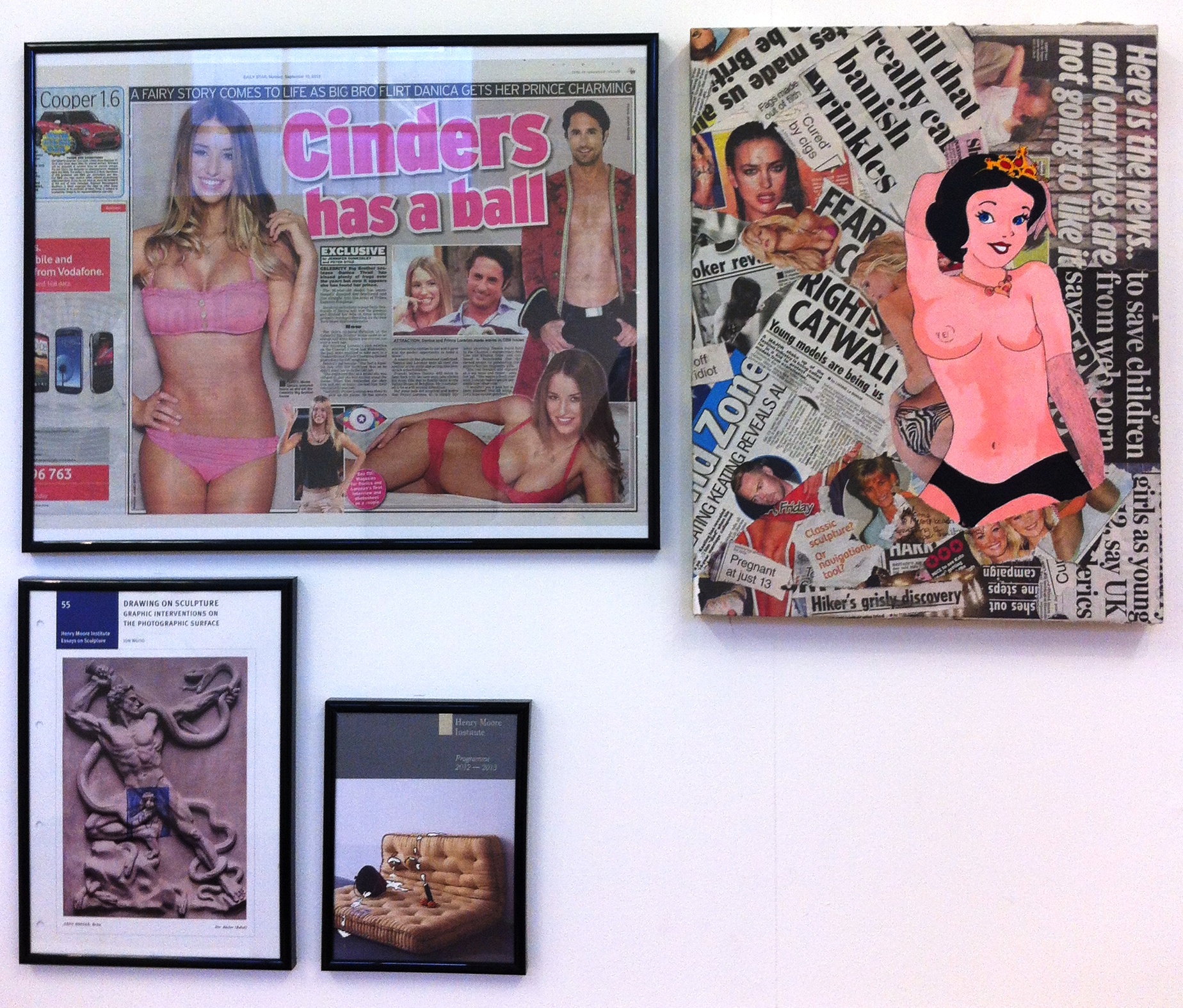
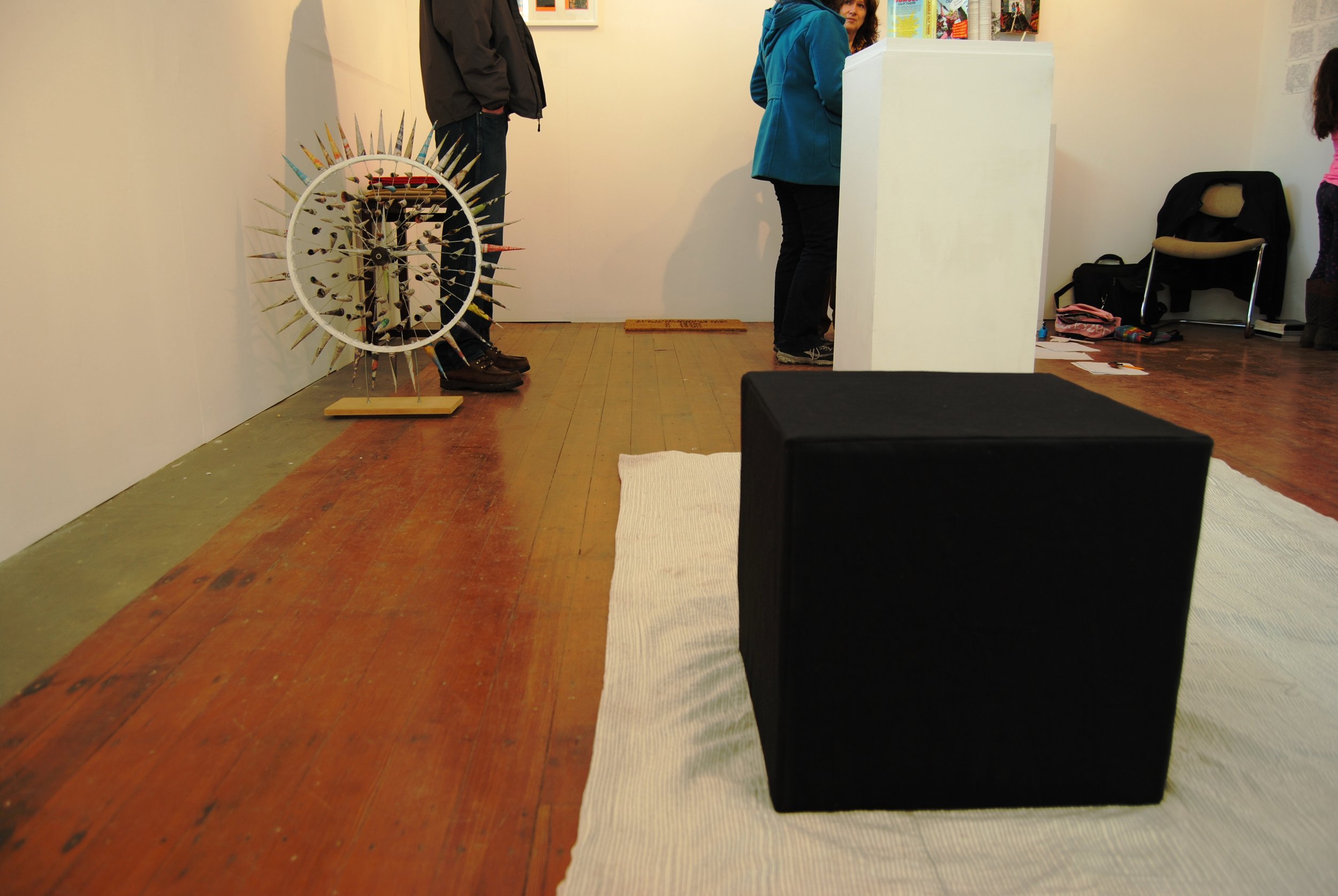
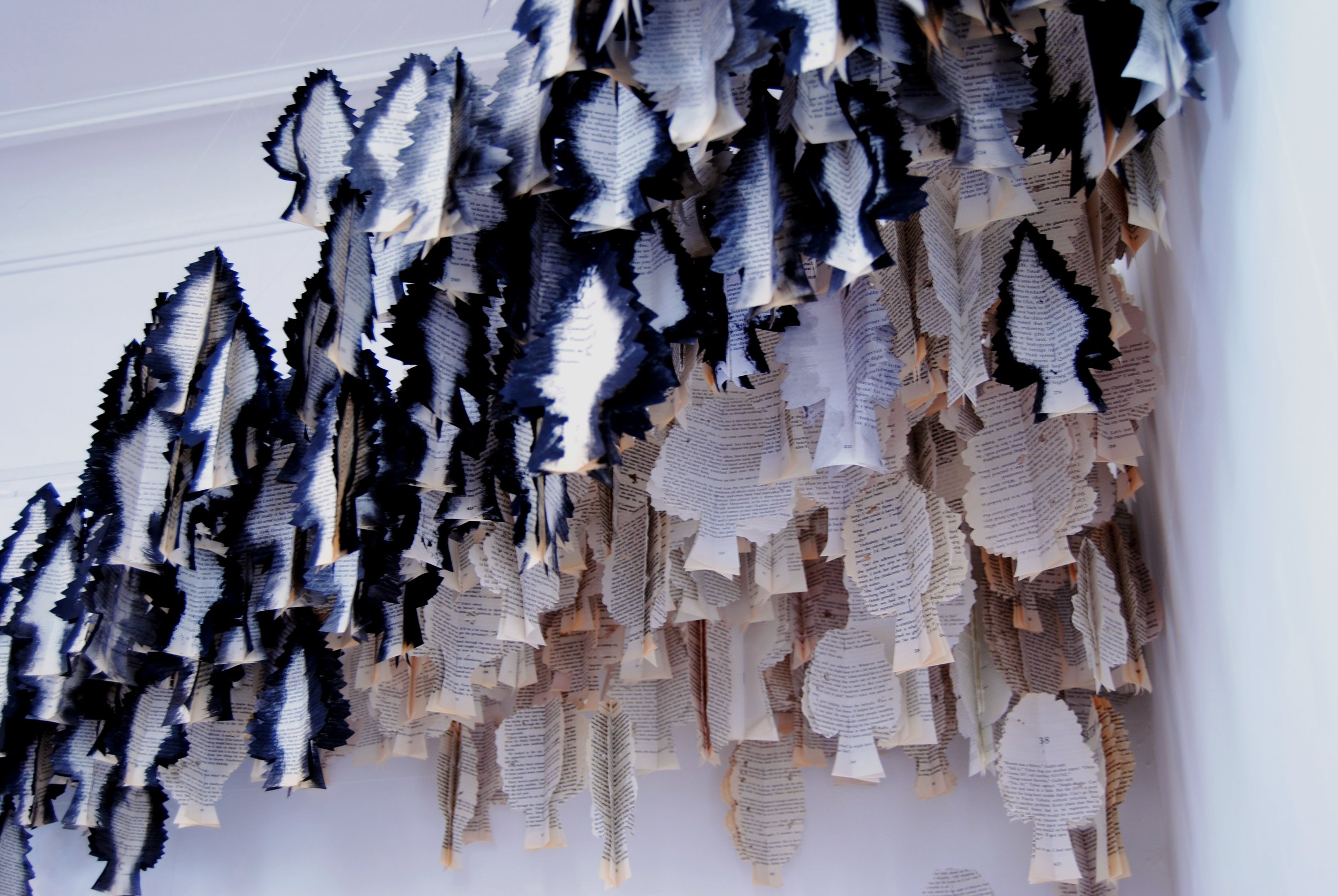

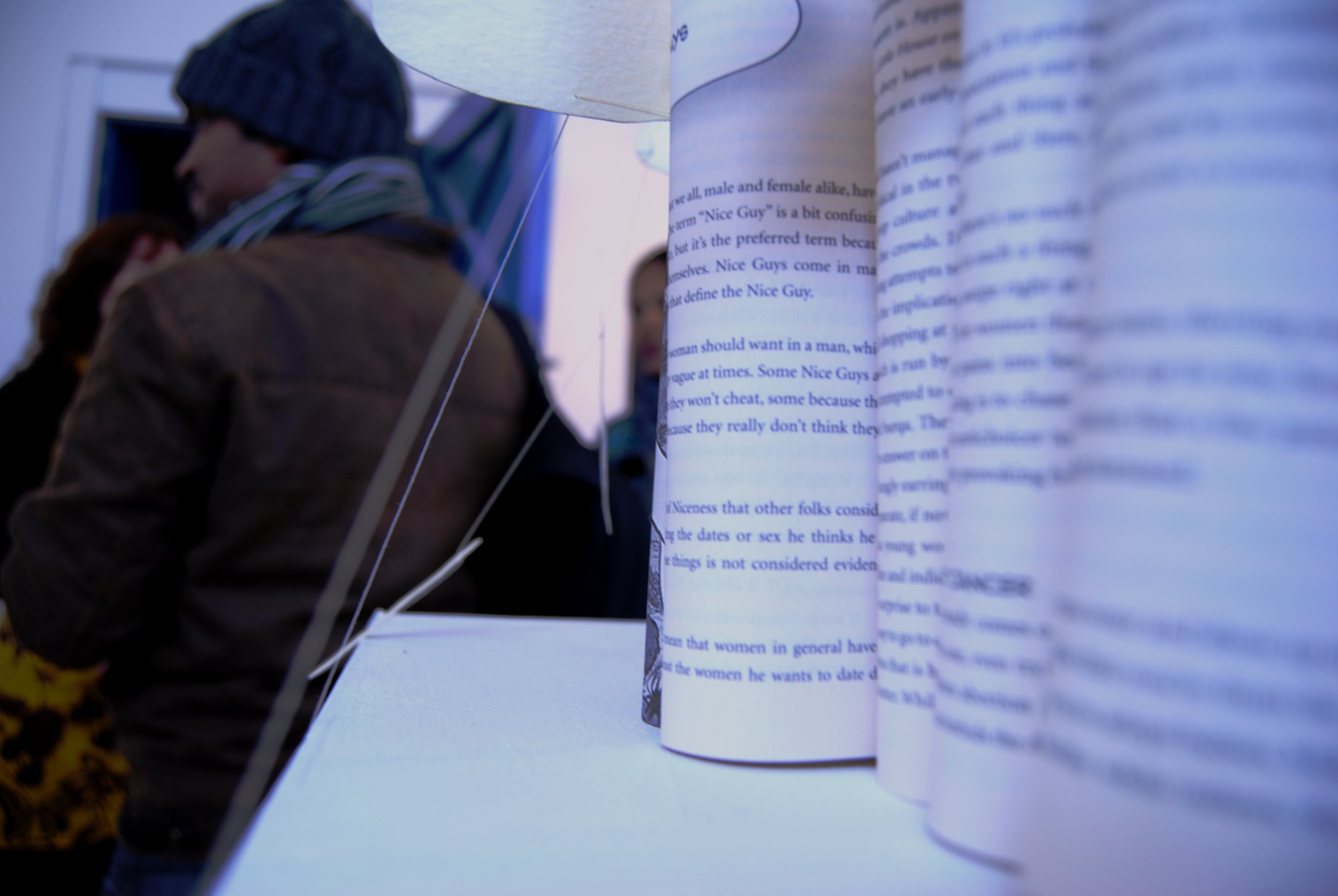
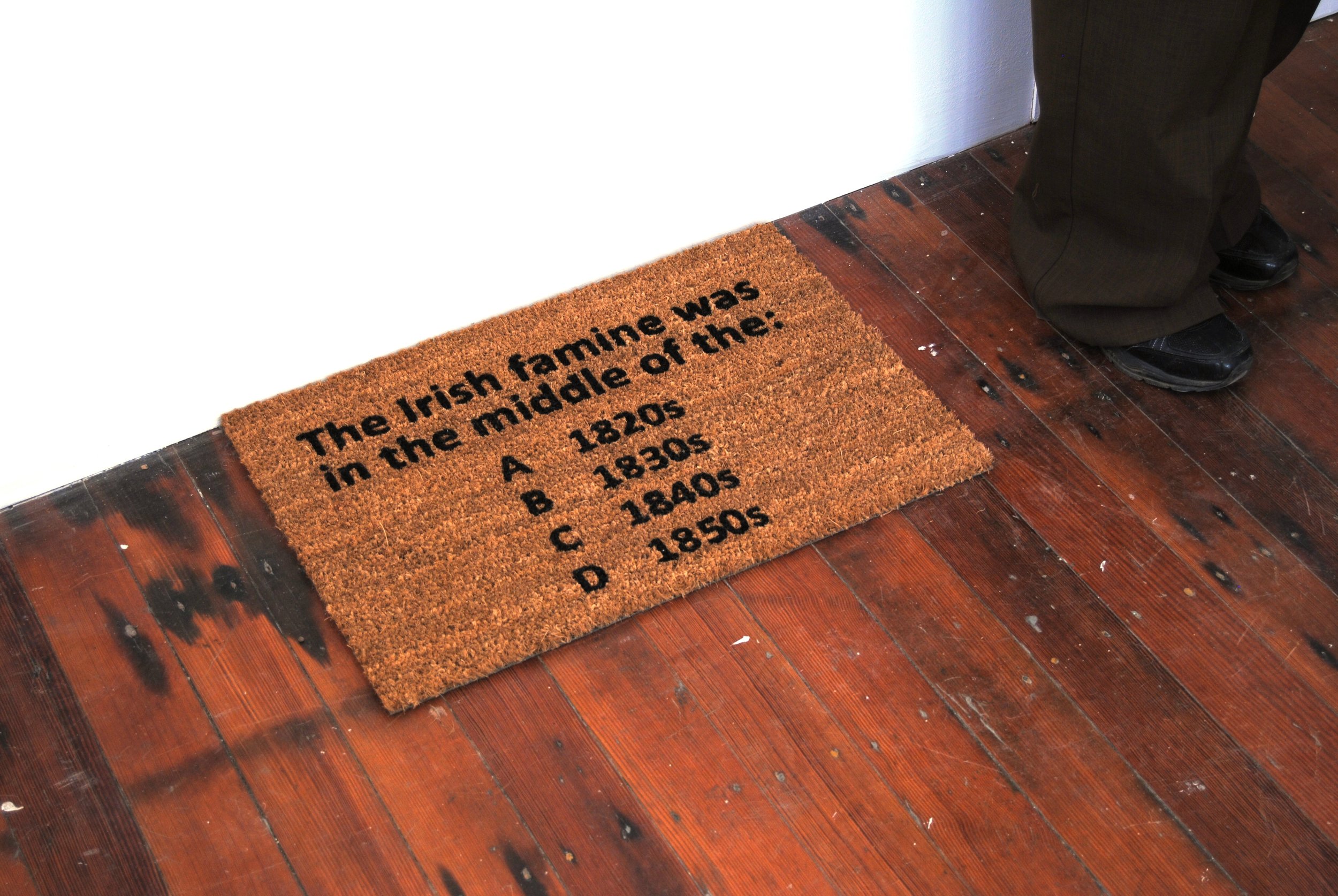
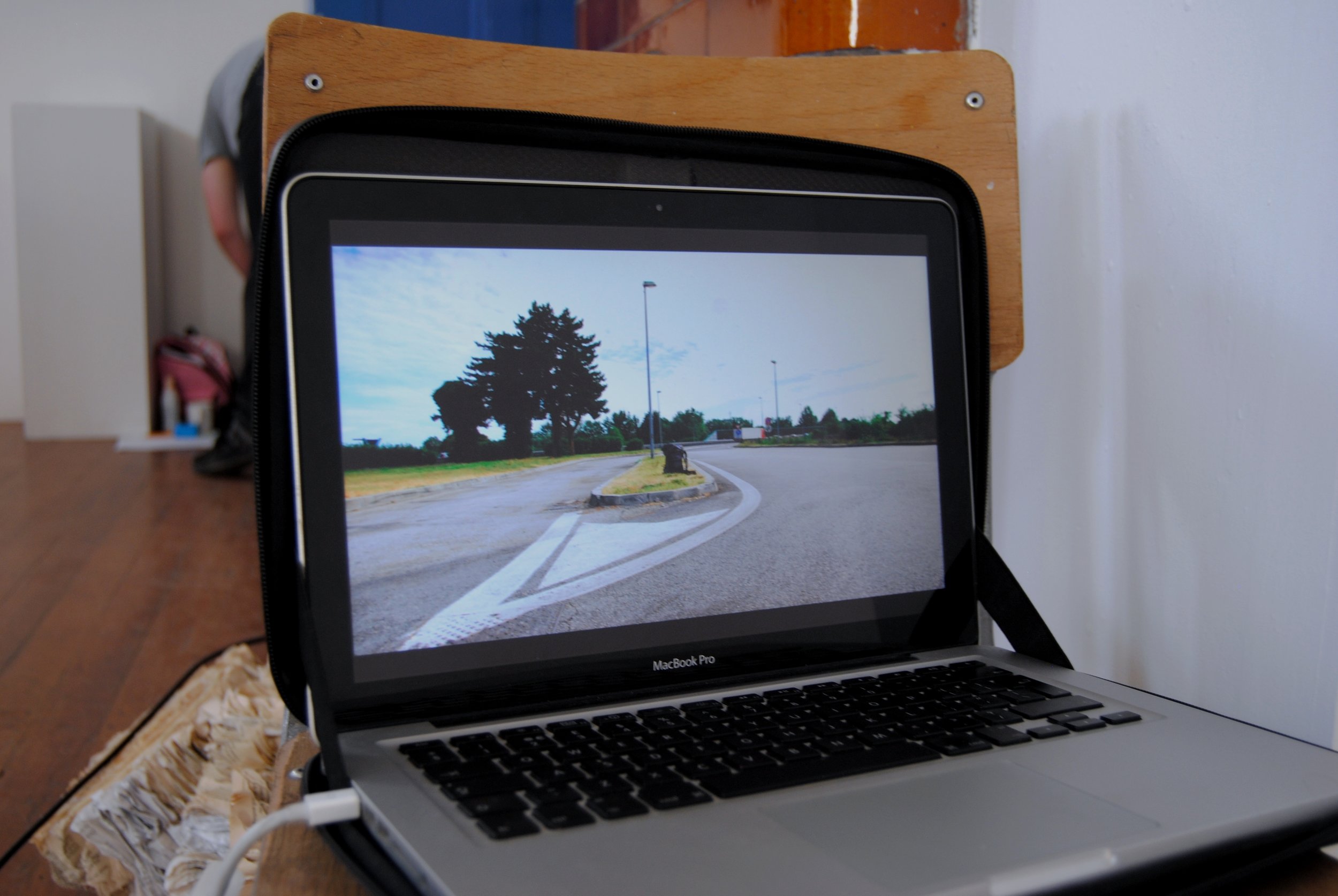
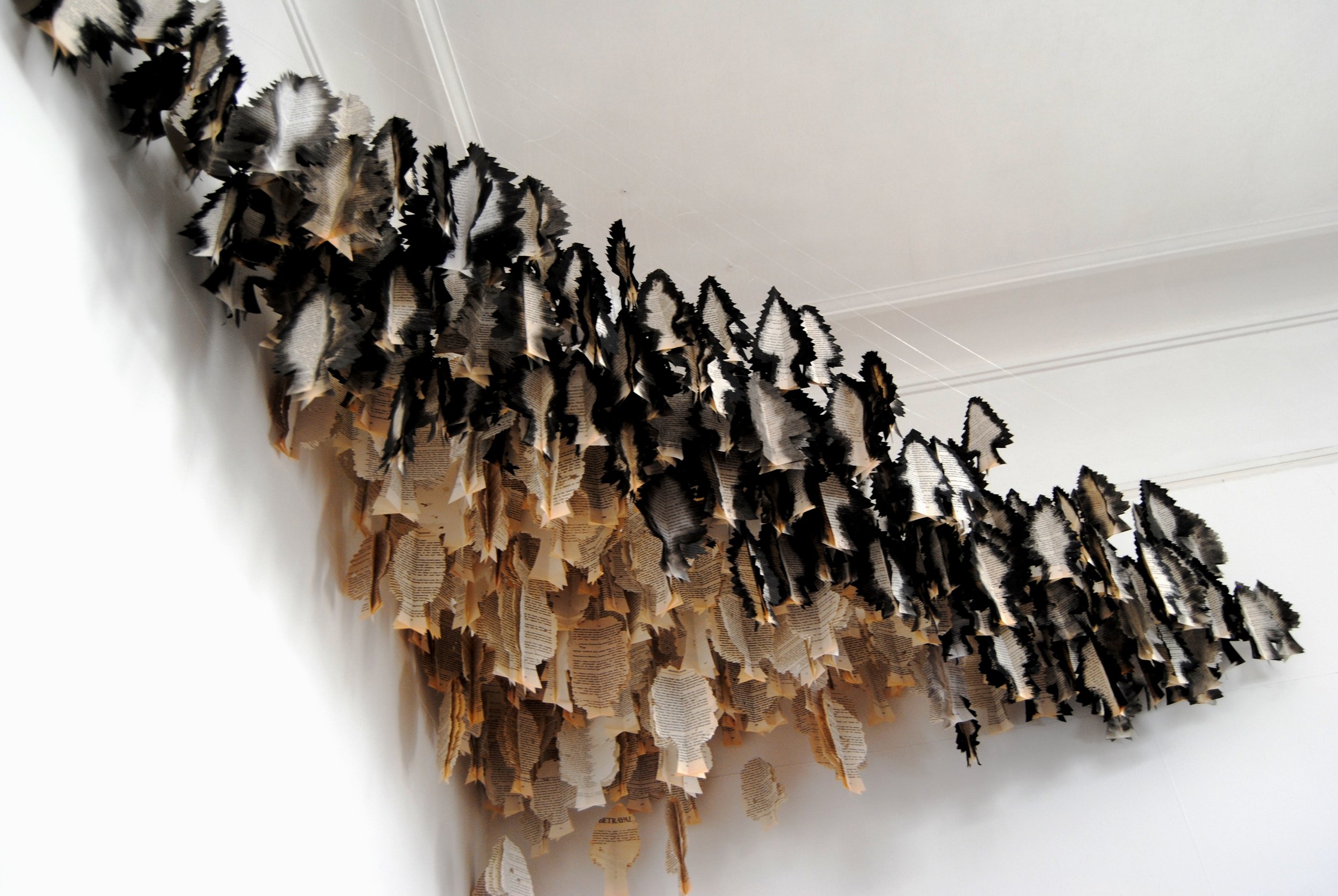
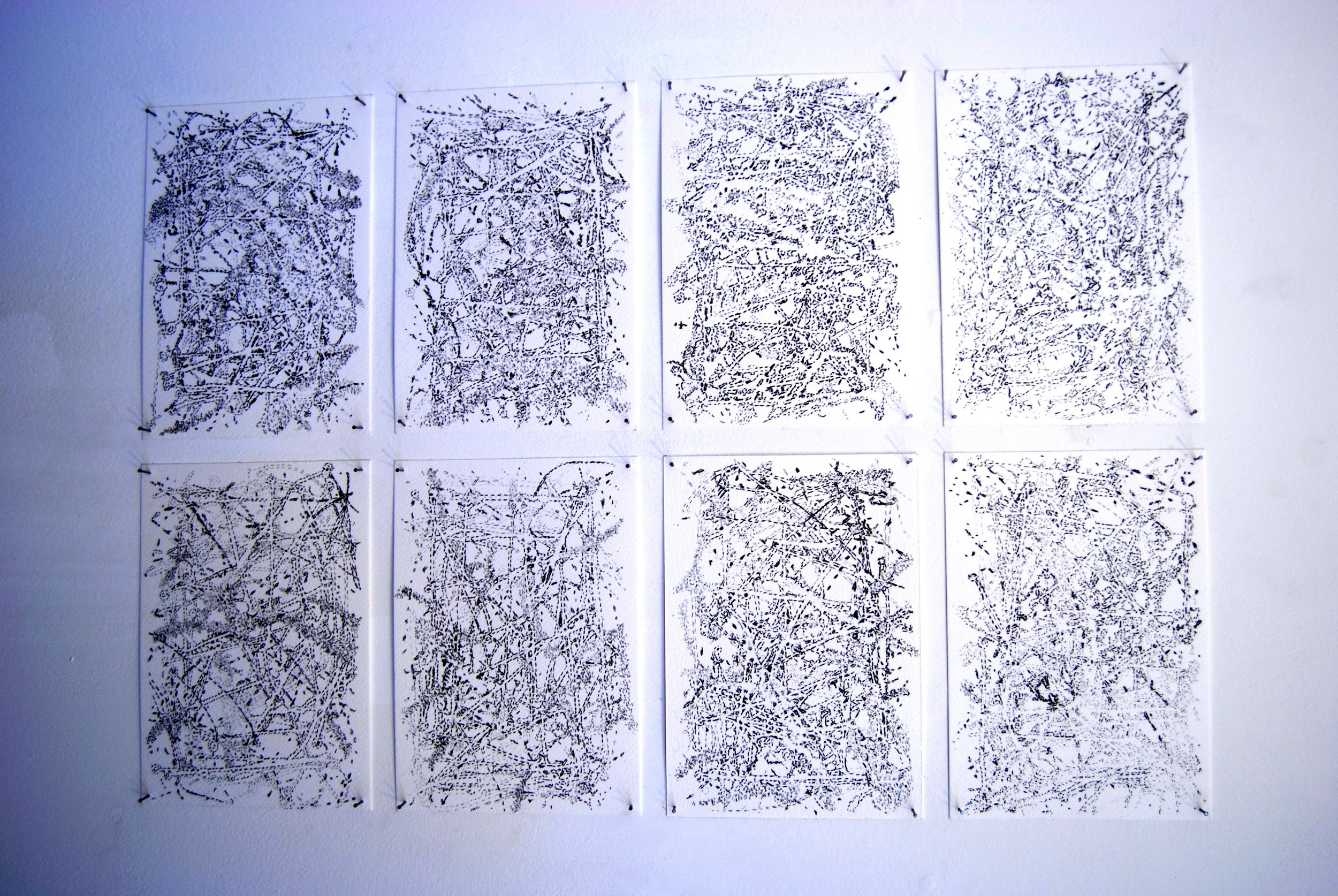
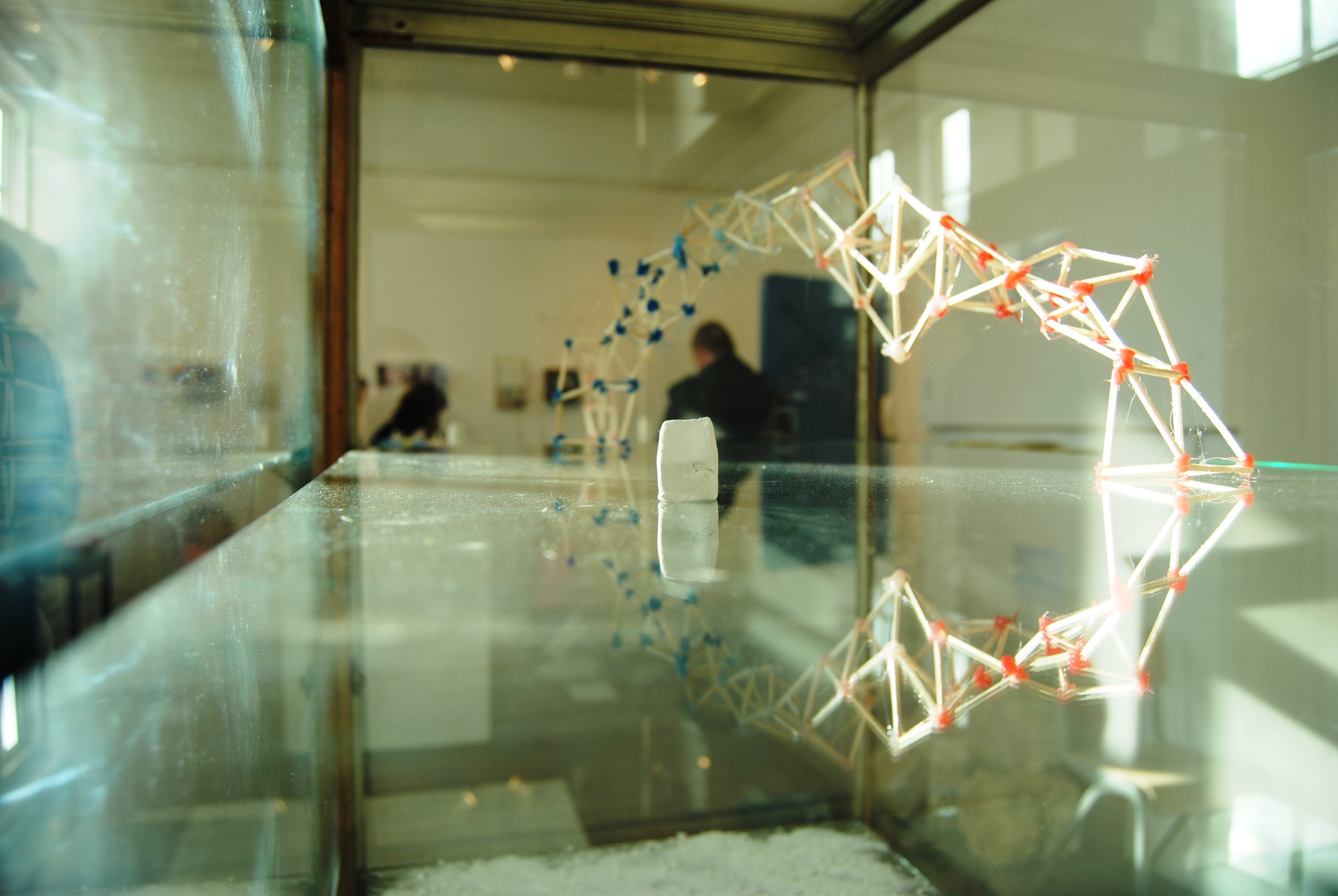
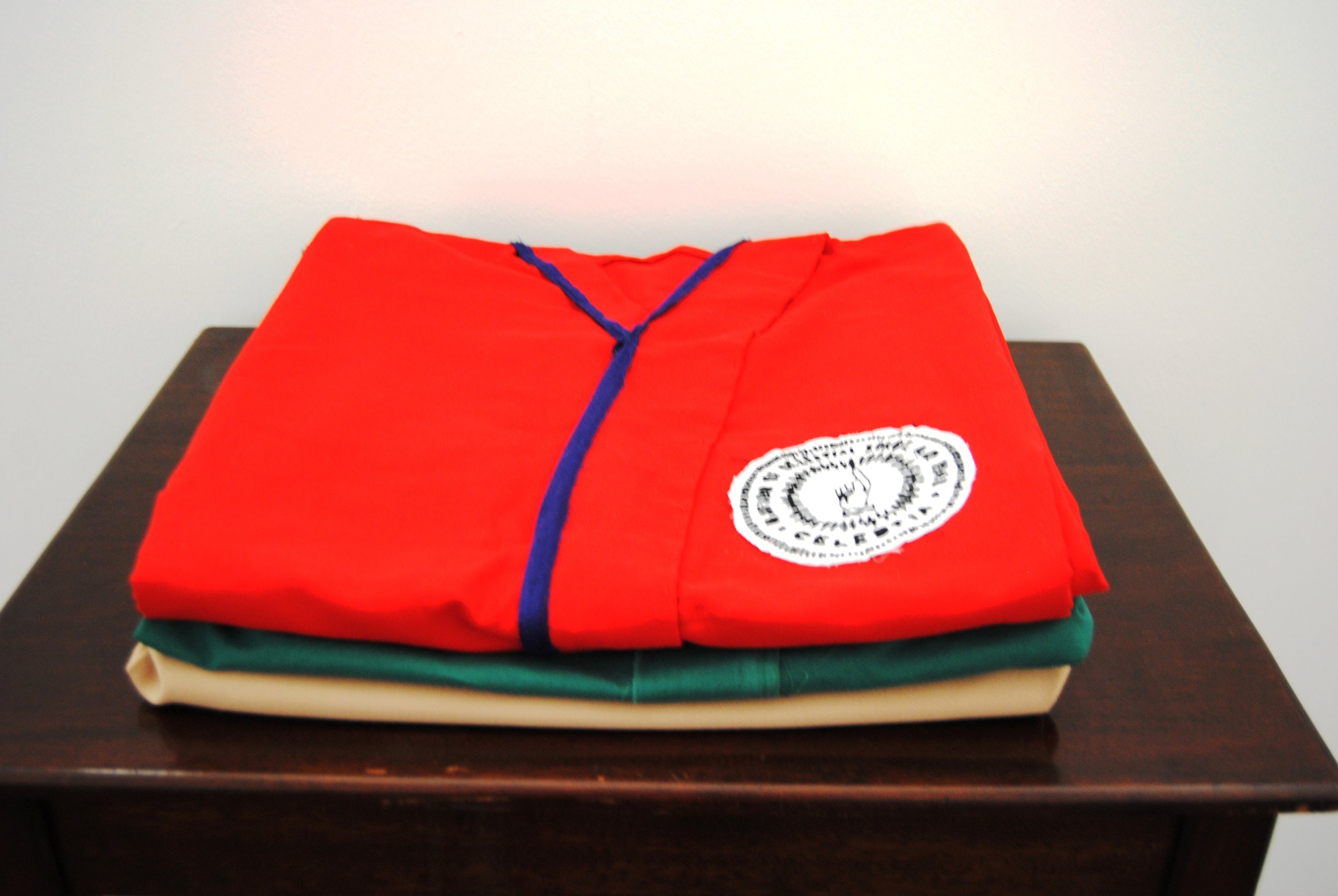
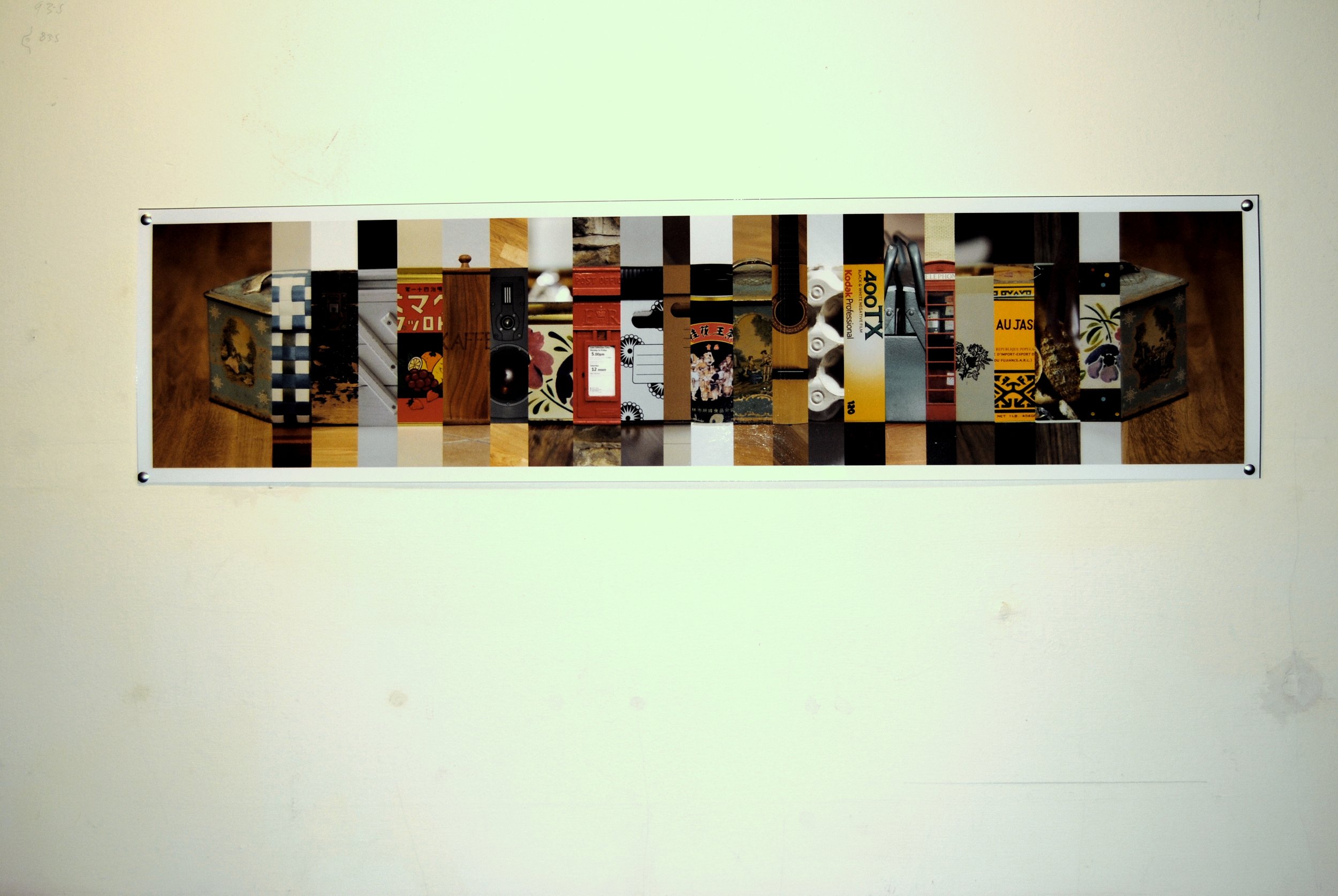
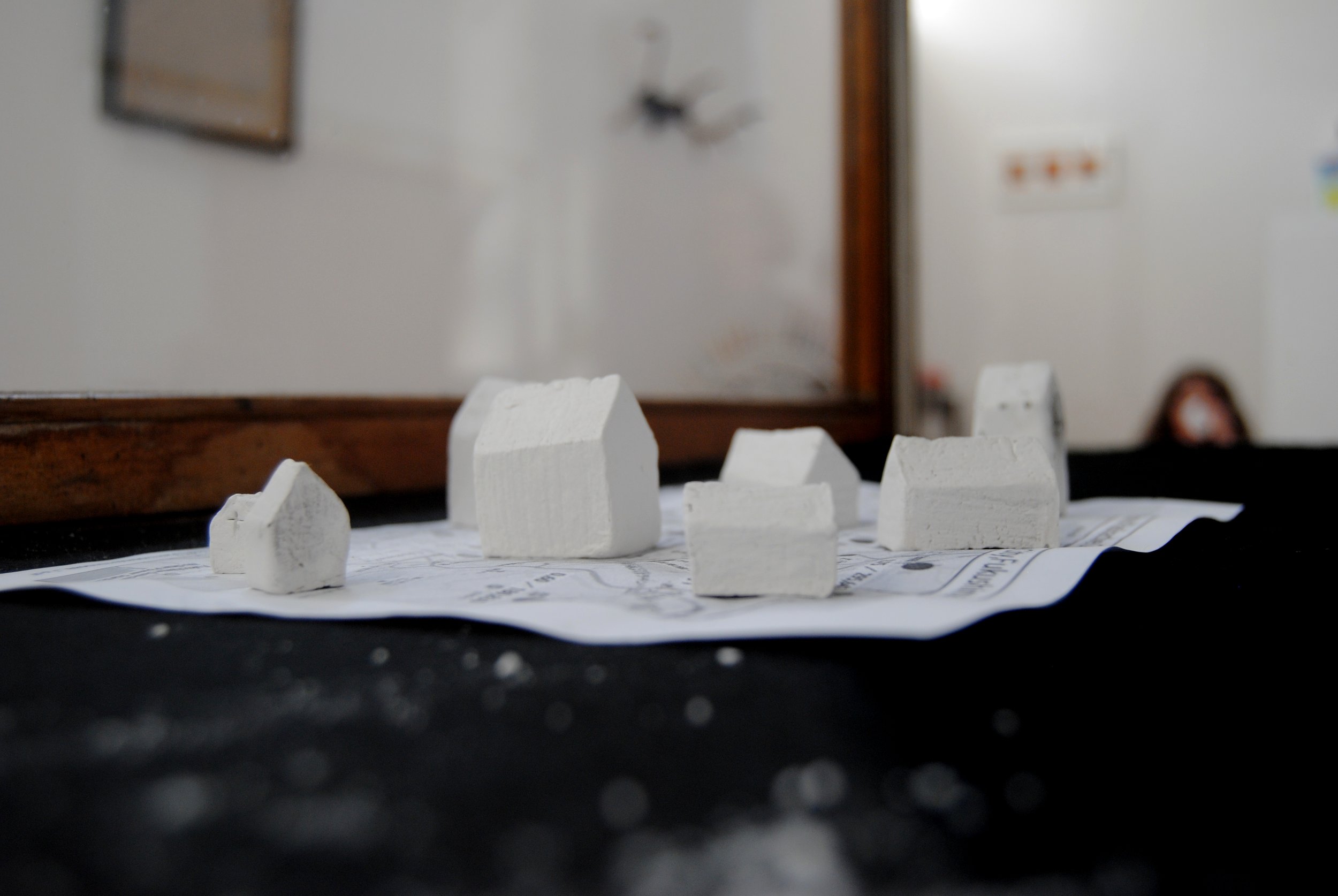
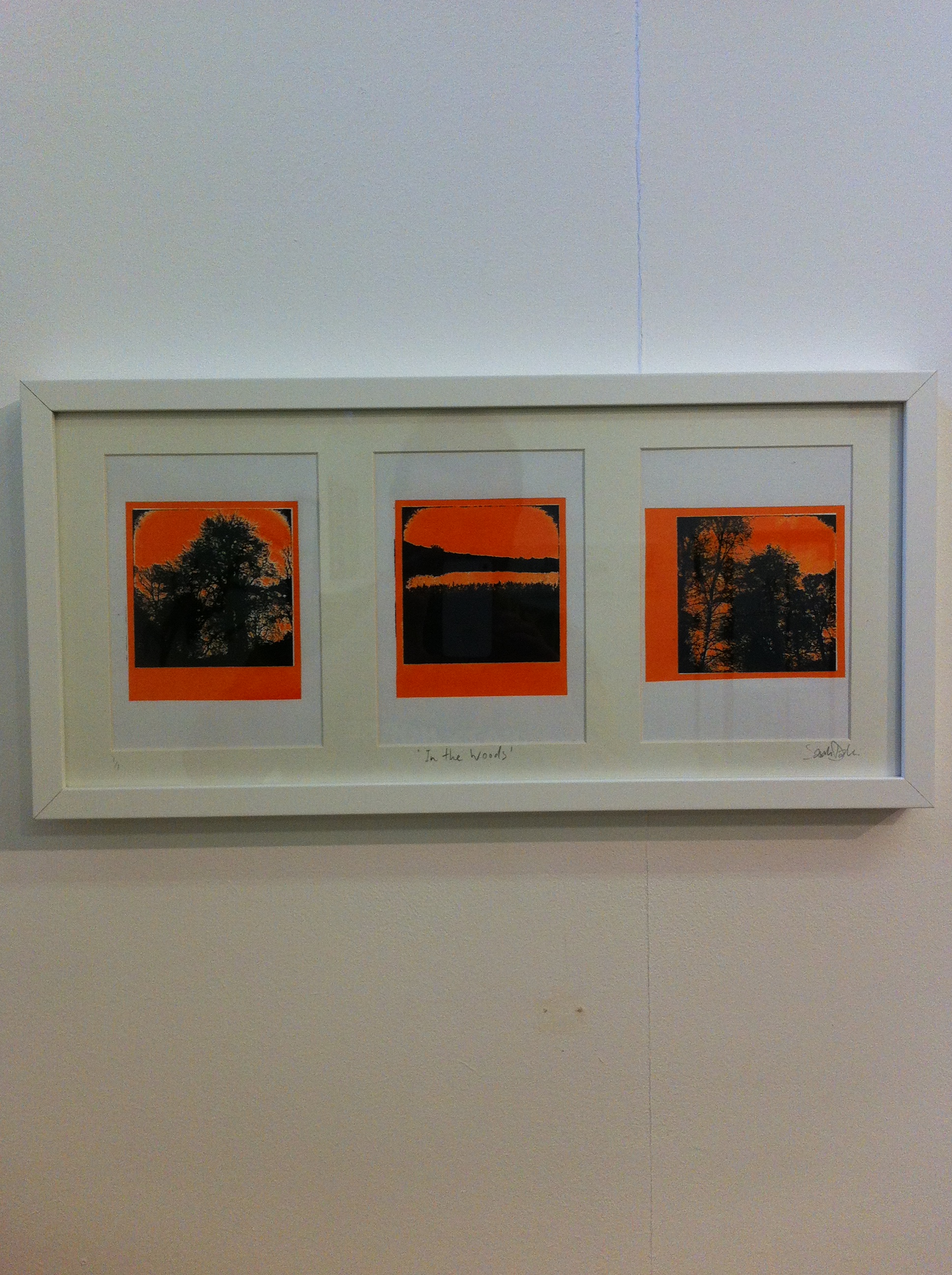
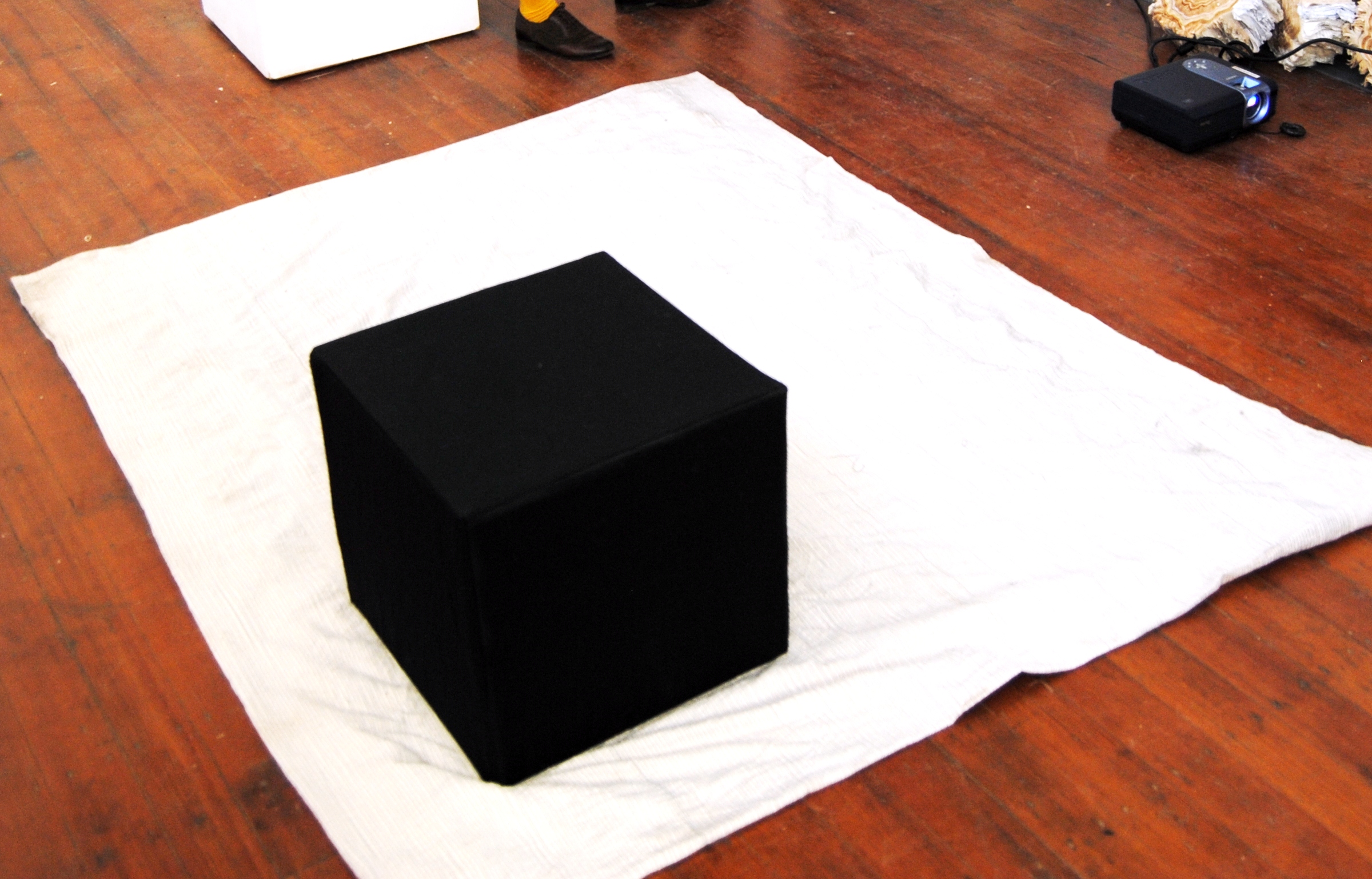


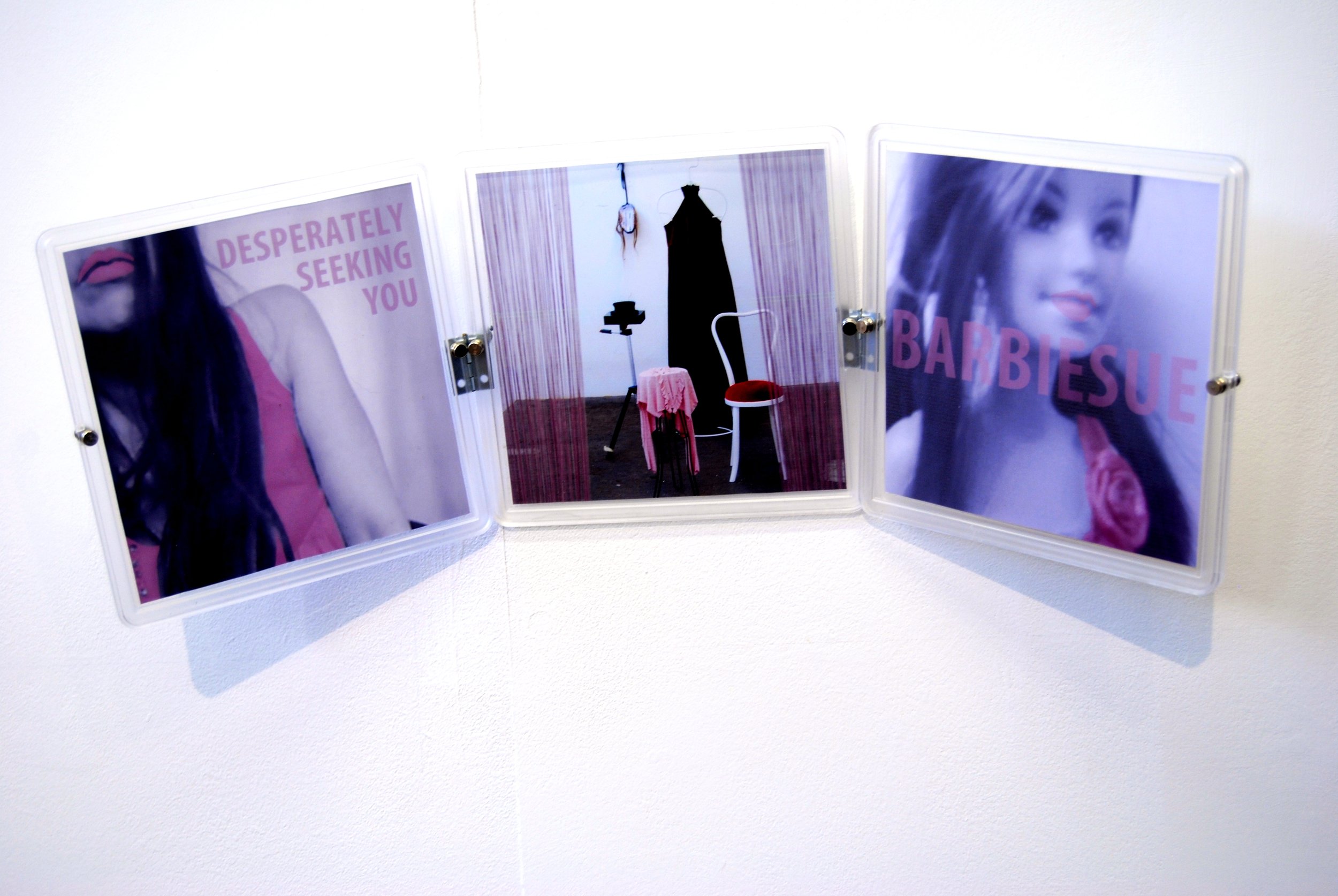
In Liverpool art, and the culture of art, have a very noticeable presence, it is quite easy to encounter both on purpose and by chance. The commercial sits alongside the independent which in turn sit alongside the institutional. In Leeds the situation is quite different. A large gap exists between that which is established and that which is emerging, and with few permanent places to exhibit the emergent either never quite sees the light of day or moves on elsewhere in order to flex its [intellectual] muscle further. Testament to this is the spirit of determination and achievement within the Leeds scene which is one of unparalleled self-belief and dedication to the cause. Despite these apparently different scenarios both cities have a similar problem and that is the dissemination of information. The membranes between the institutional, the commercial and the independent would seem to be impermeable or at best semi- permeable. The extension of knowledge regarding scenes as a whole, taking the whole scene to mean a combination of all aforementioned aspects, is divided into zones and information does not flow freely. In terms of human life a baby can be of a different blood type to the mother; the two are from the moment of conception separate entities yet the weaker, less established life form is supported by a sympathetic system, designed by nature, to support it until it can take care of itself. As we understand this has to continue beyond birth through the early years of life as well. With this in mind, how then does something establish itself? As with the baby analogy an environment must be created that is conducive to the nurturing, development and evolution of creative talent in the artist, and creative intellect in the viewer; this means the extension of knowledge from one set of people to another.
‘The Confusionist, desiccated scholar is one who studies knowledge for the sake of knowledge, and who keeps what he learns to himself or to his own small group, writing pompous and pretentious papers that no one else can understand rather than working for the enlightenment of others.’ ‘The Tao of Pooh’ Benjamin Hoff
‘To enrich means to add, not to substitute or to abolish’ The Enharmonic Bow Luigi Russolo
The established sector has its audience in those who know the names of established artists, after all who does not know such artists as Gormley, Kapoor, Klimt, Emin, Hirst, Hockney, Hepworth, Moore et al? The commercial sector has its audience in those who buy art for other commercial purposes, and the independent sector has its audience in those who already understand, and know how to access the scene and its networks. Because of a lack of interconnectedness between these elements though, it is hard for the non-artist to grasp a deeper understanding of the art world and what it actually represents. It is this gap in understanding that leads to the frequently quoted statistic that visitors spend more time reading a text than looking at the work the text describes; it is no wonder then that visitors leave galleries with the words ‘I still don’t get it’ floating in the air. Concepts in art may be difficult but access needn’t be. From the point of view of BasementArtsProject, the facility to be able to access all aspects of art without difficulty is a major step towards a fuller understanding and acceptance of art culture. When this area of discussion is opened up art may start to seem a little less elitist, a play thing for the bourgeois classes. What is needed is an understanding that behind every successful exhibition, behind every piece of work produced, is not just someone playing at being an artist in their spare time, but a person who has invested a big chunk, of time, effort, thought, experience, life and often money to produce something for the benefit and enjoyment of others.
SCIBase began life as an extension of a project staged as part of the Liverpool Independents Biennial 2008. The project entitled North by Northwest took two collectives operating along very similar lines and presented their work in a series of exhibitions across a number of venues in Leeds and Liverpool. The Peripheral collective was a group of artists formed in late 2005 whose point of connection was their shared occupation as Information Assistants at the Henry Moore Institute, Leeds. The SOUP collective, from which SCI came, had a similar genesis only at Tate Liverpool. SCIBase was an outgrowth of this idea, an acknowledgement of the need to widen the remit without going against our original purpose, that being to give voice to individual artists without submerging them in a collective identity. At the core of this collaborative project are artists Wendy Williams, SCI collective, based in the Northwest of England and myself [Bruce Davies] of BasementArtsProject, Leeds. Together we have been responsible for the ad hoc groupings that constitute SCIBase exhibitions.
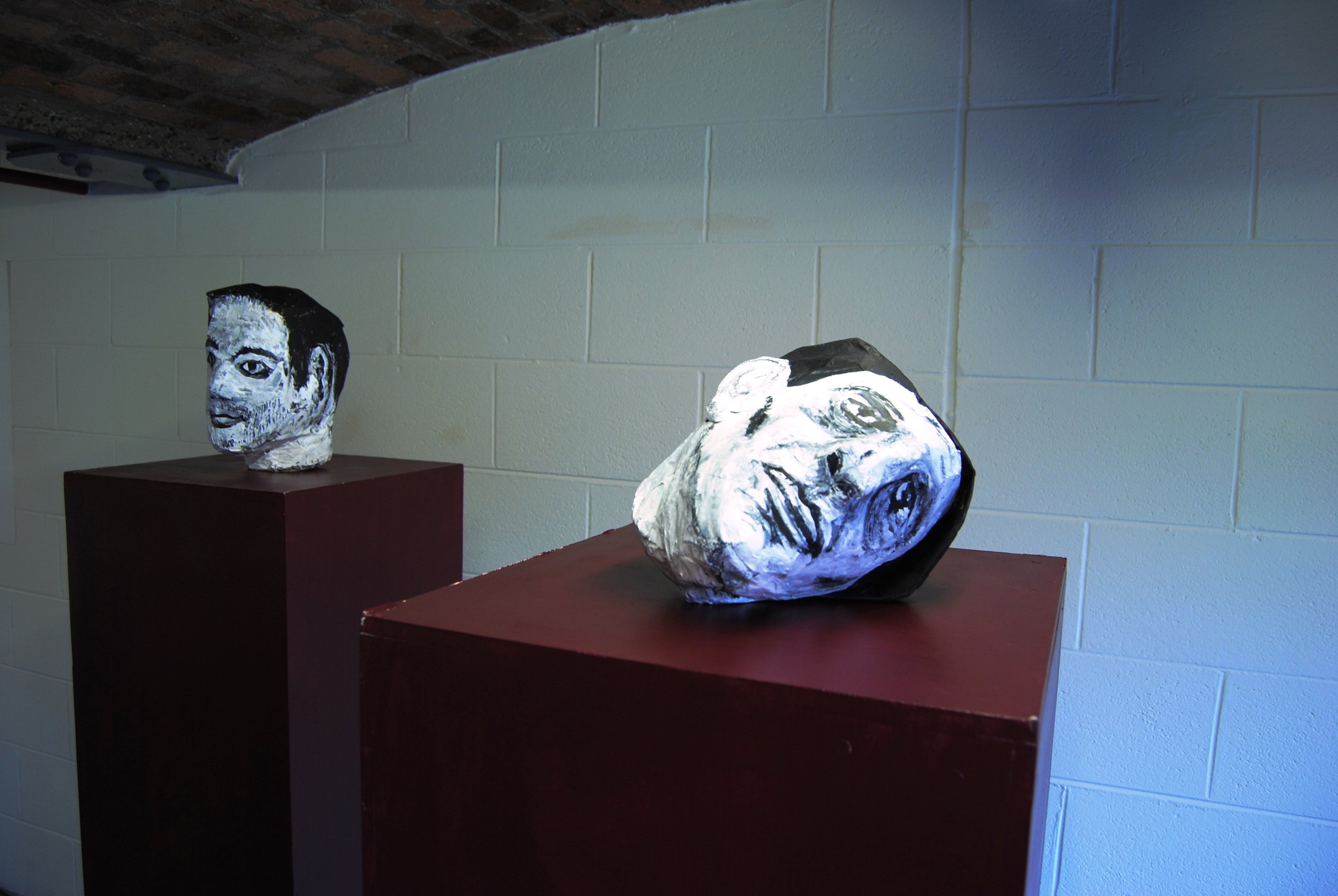

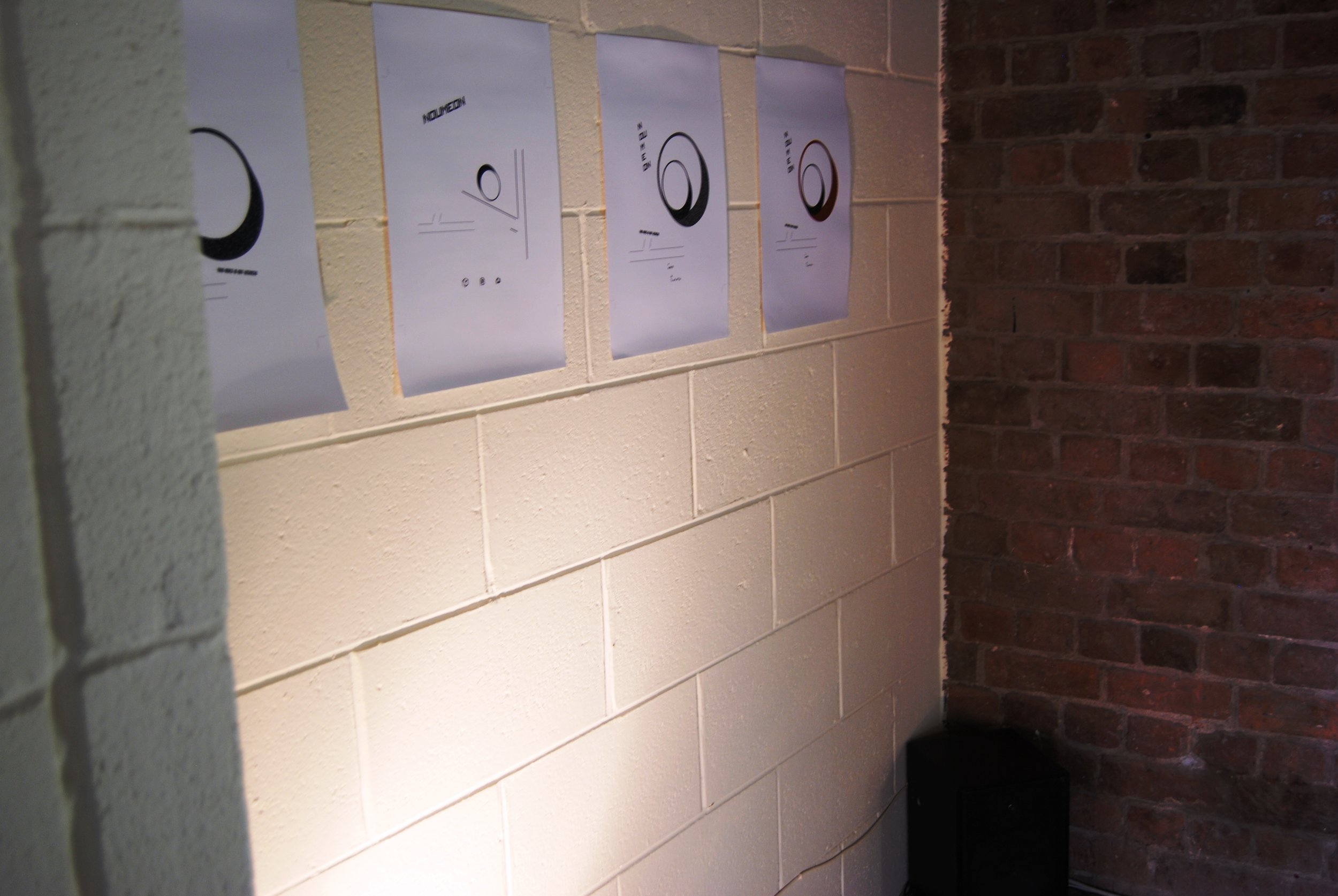
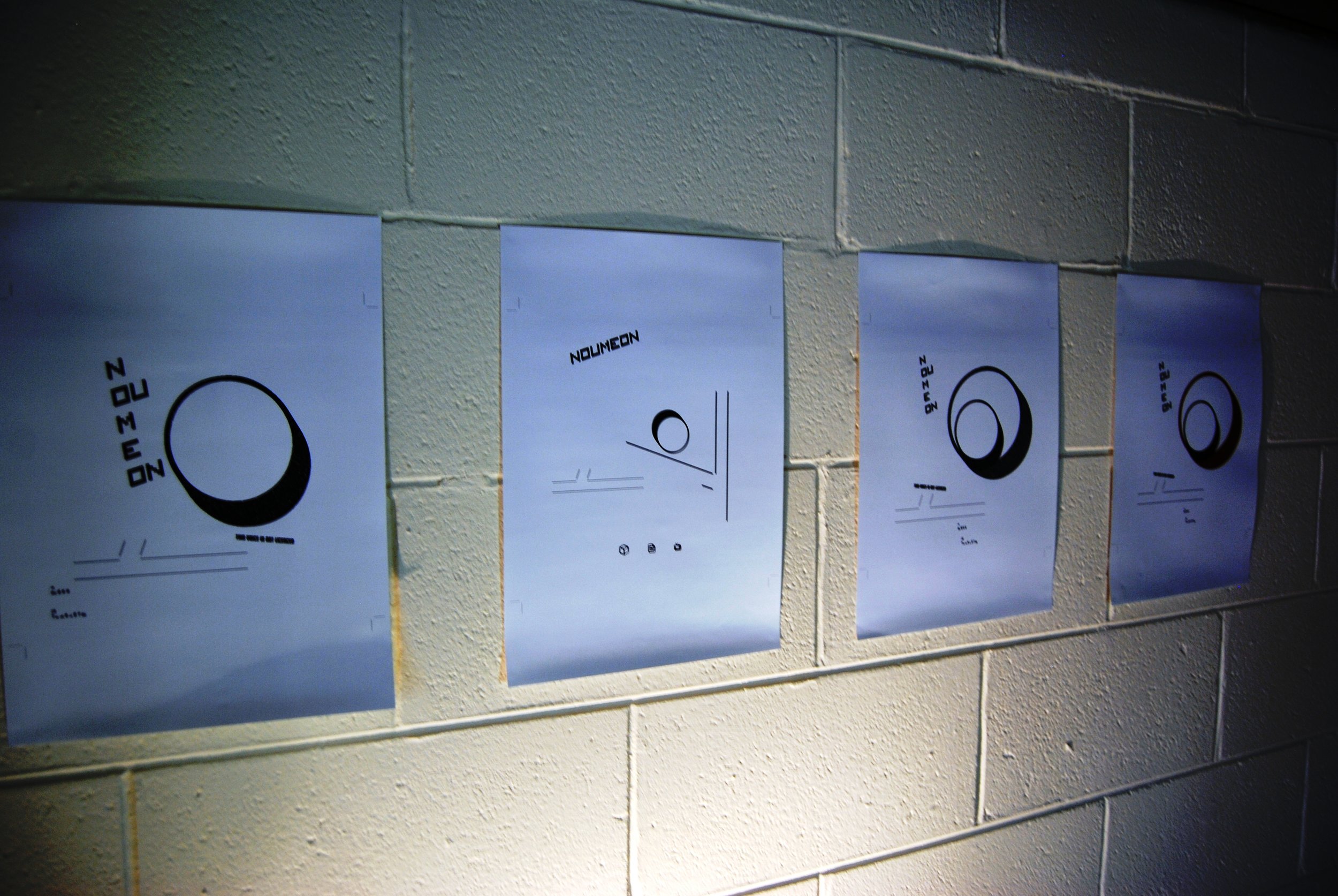
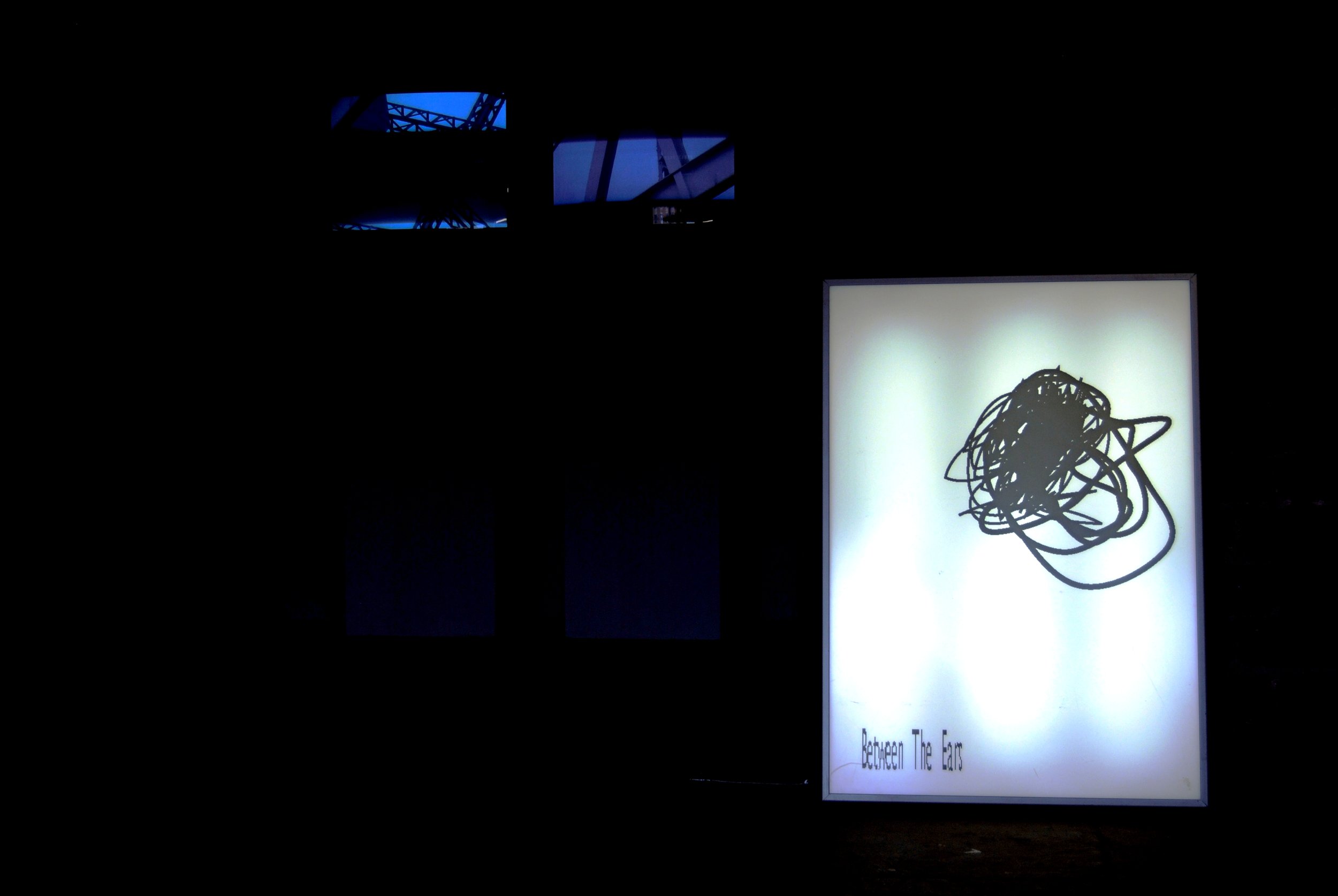
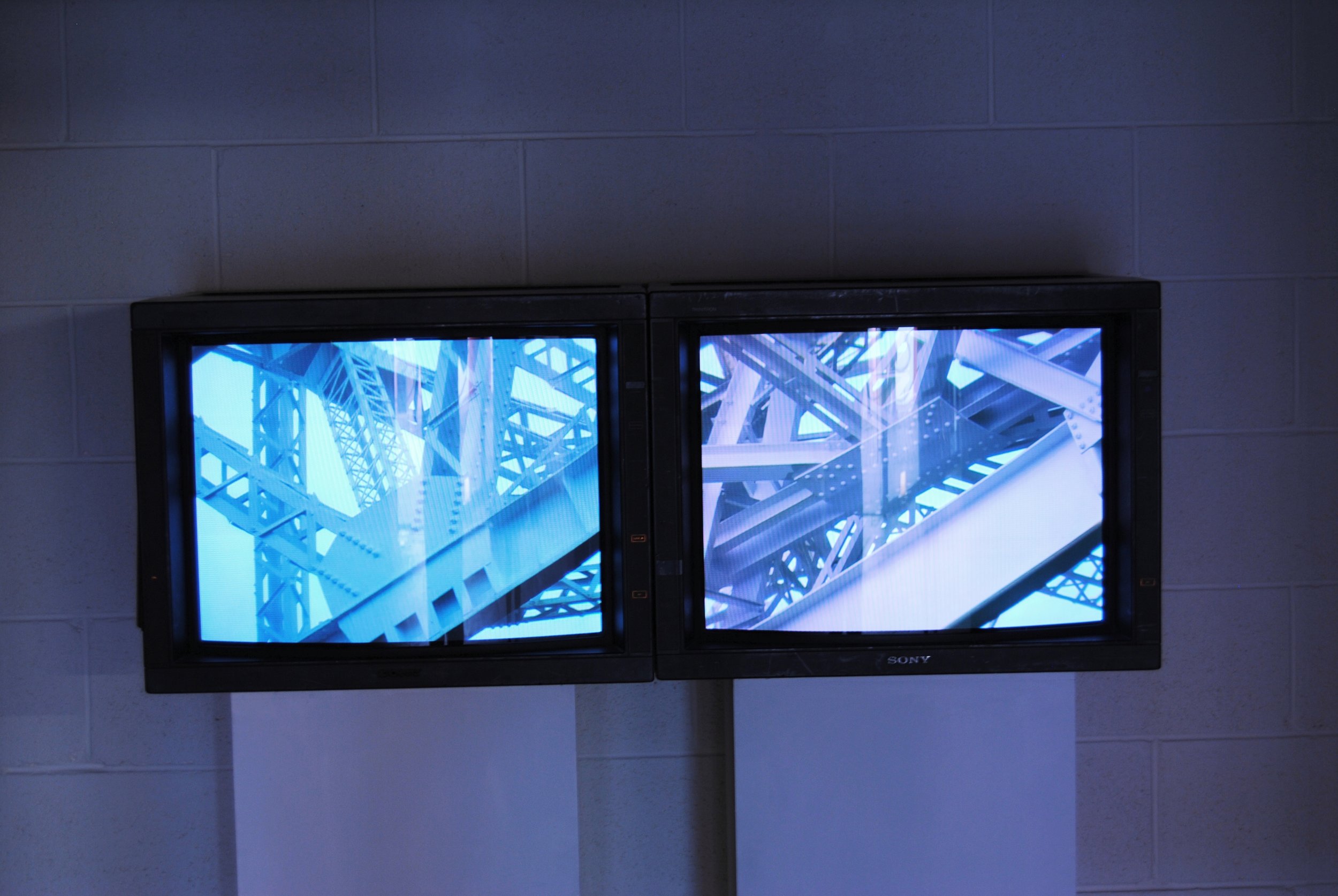

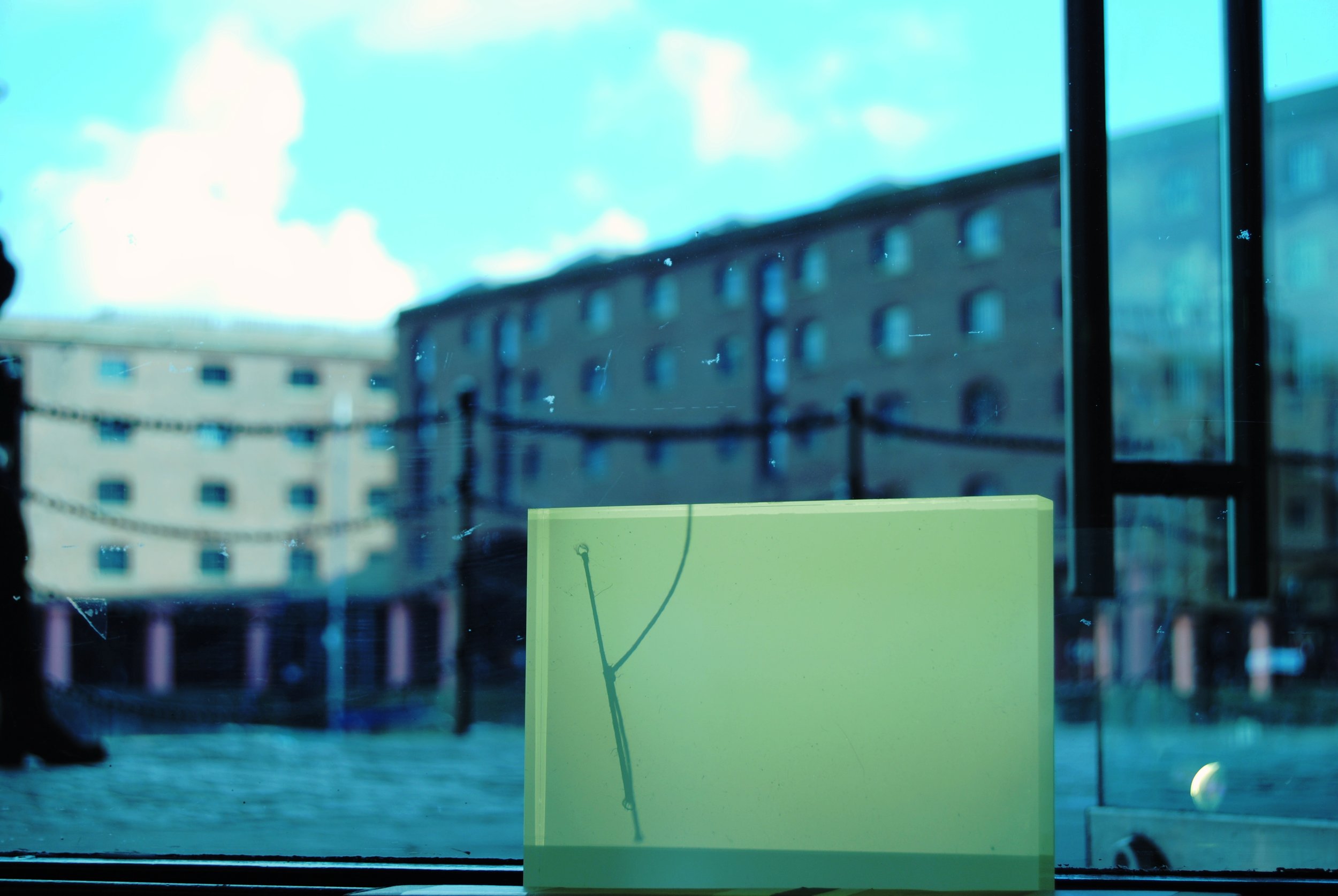
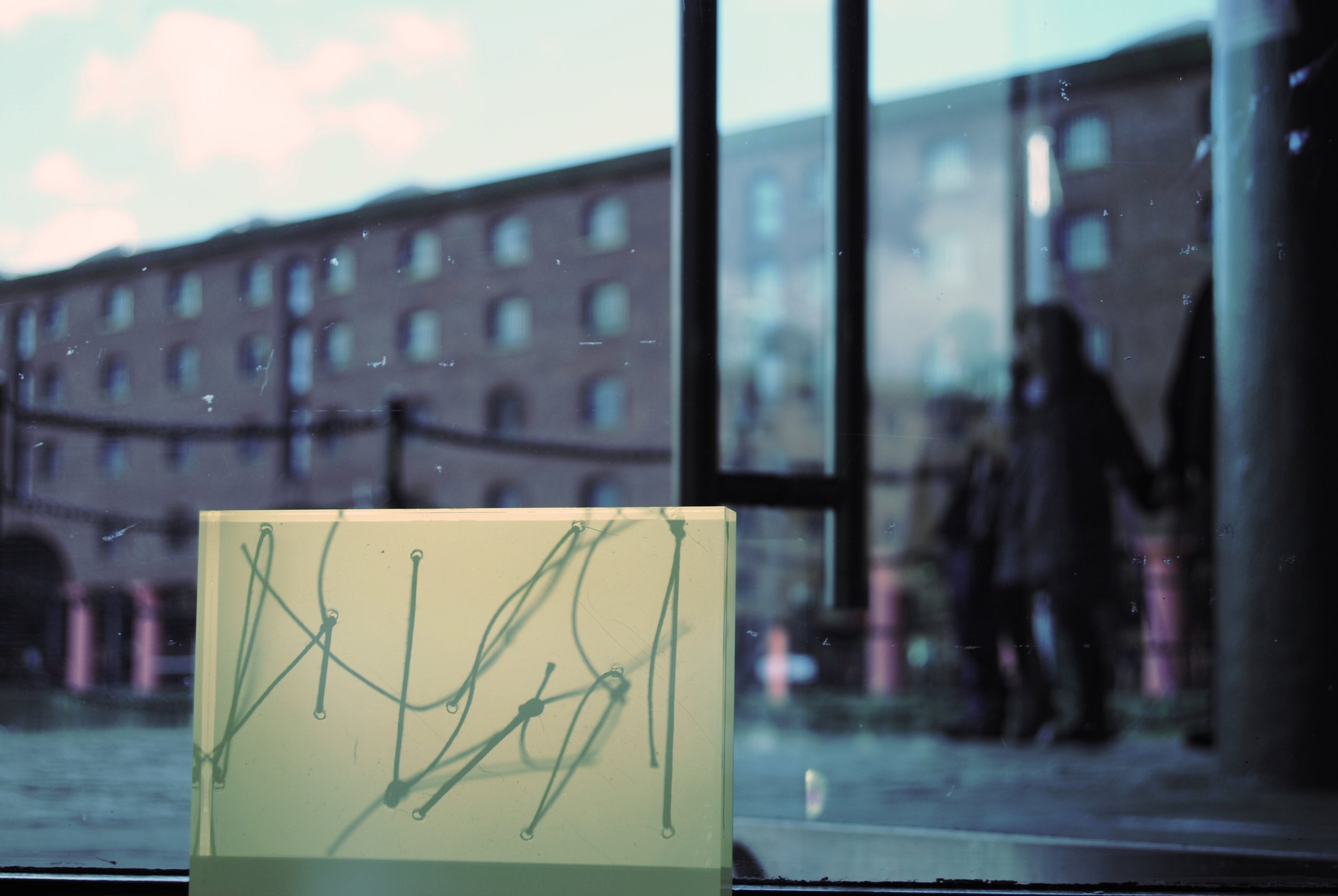
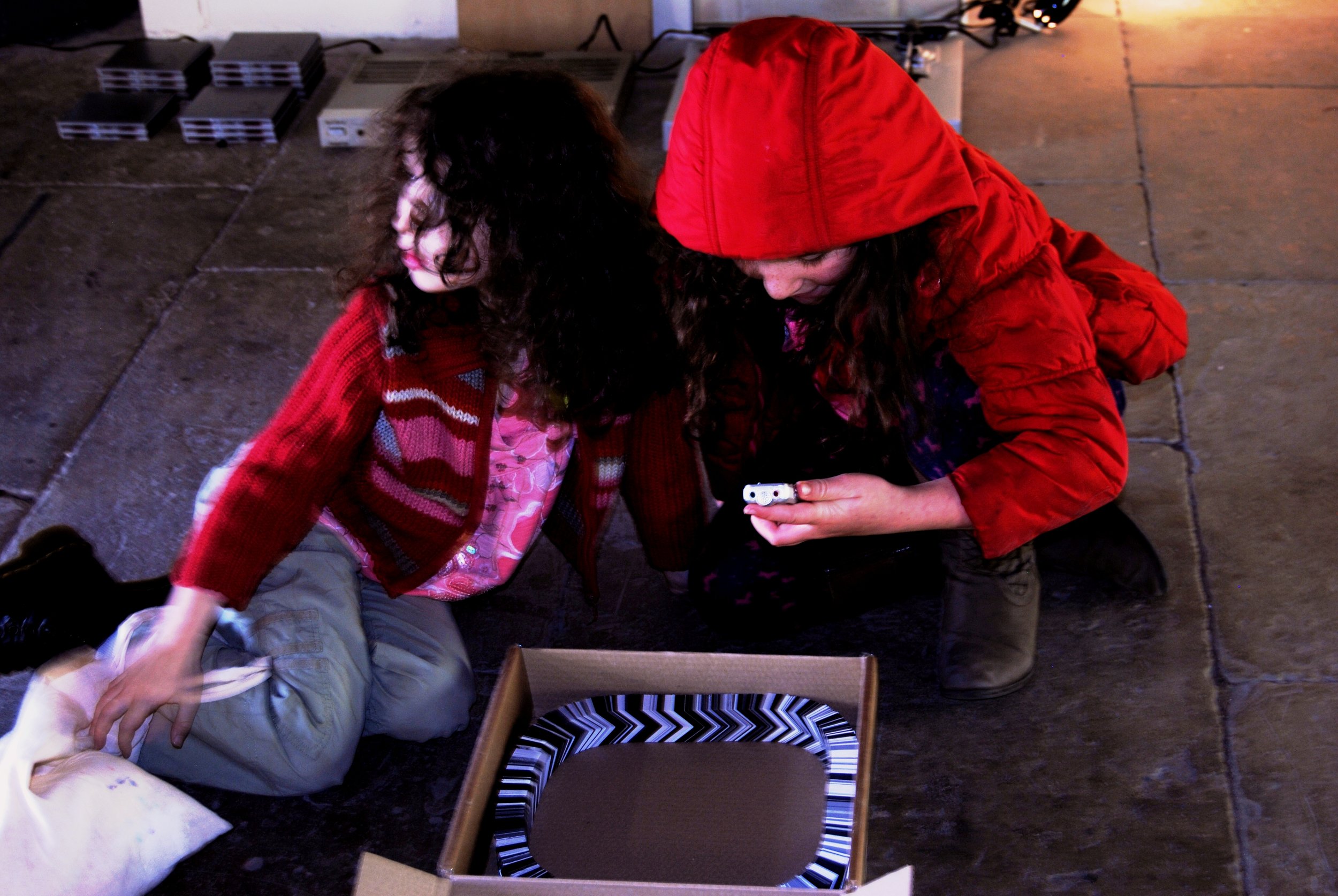
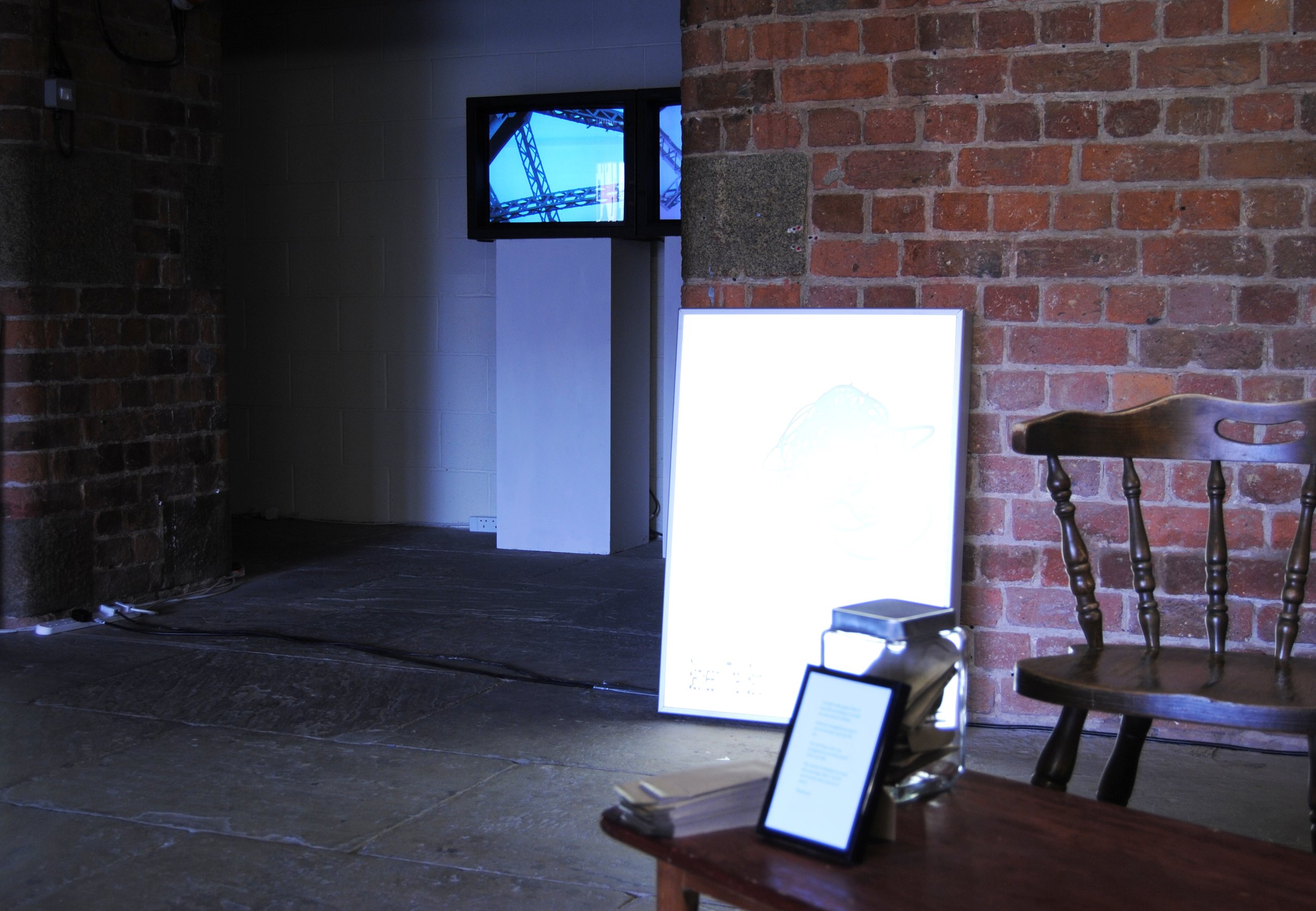
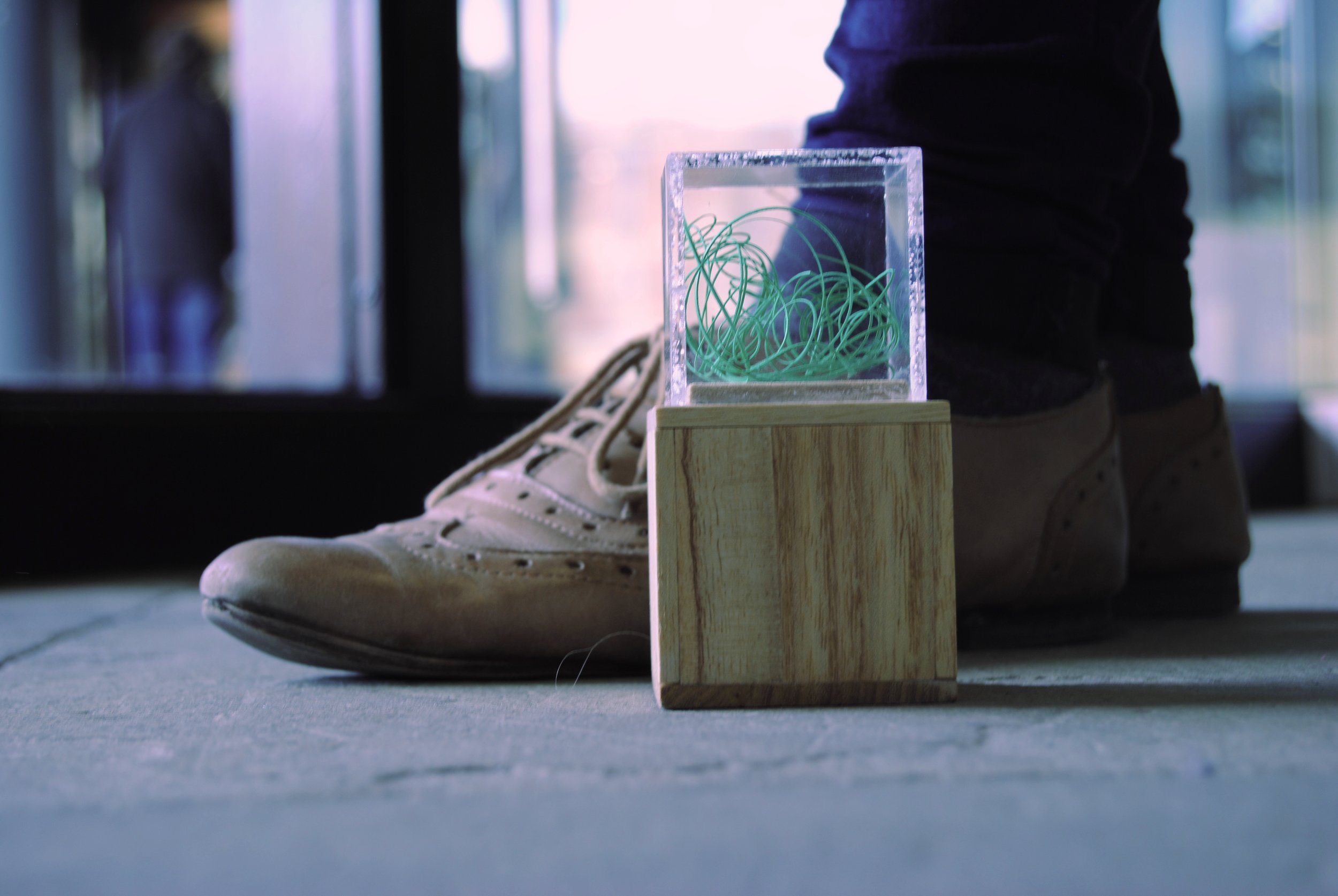
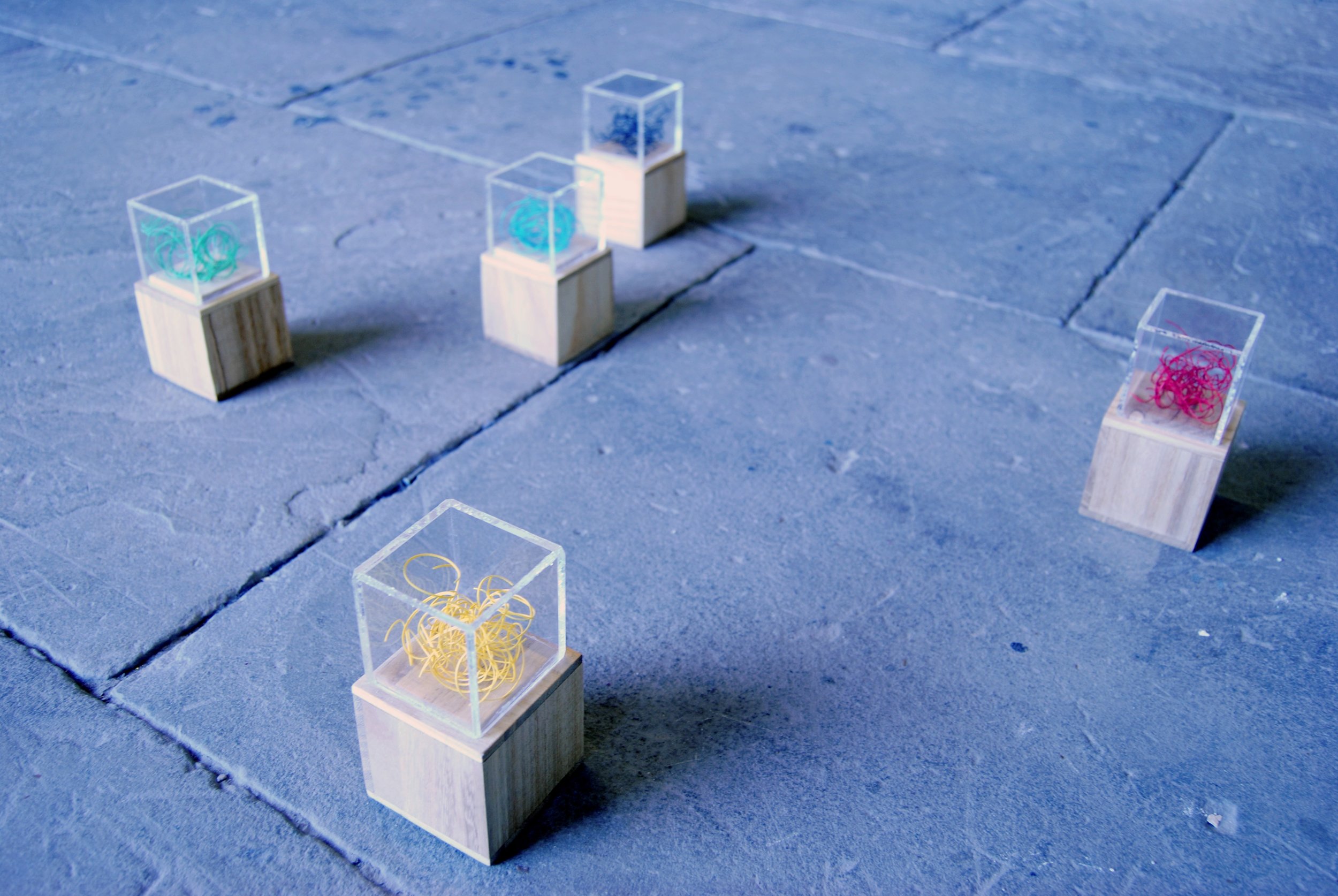
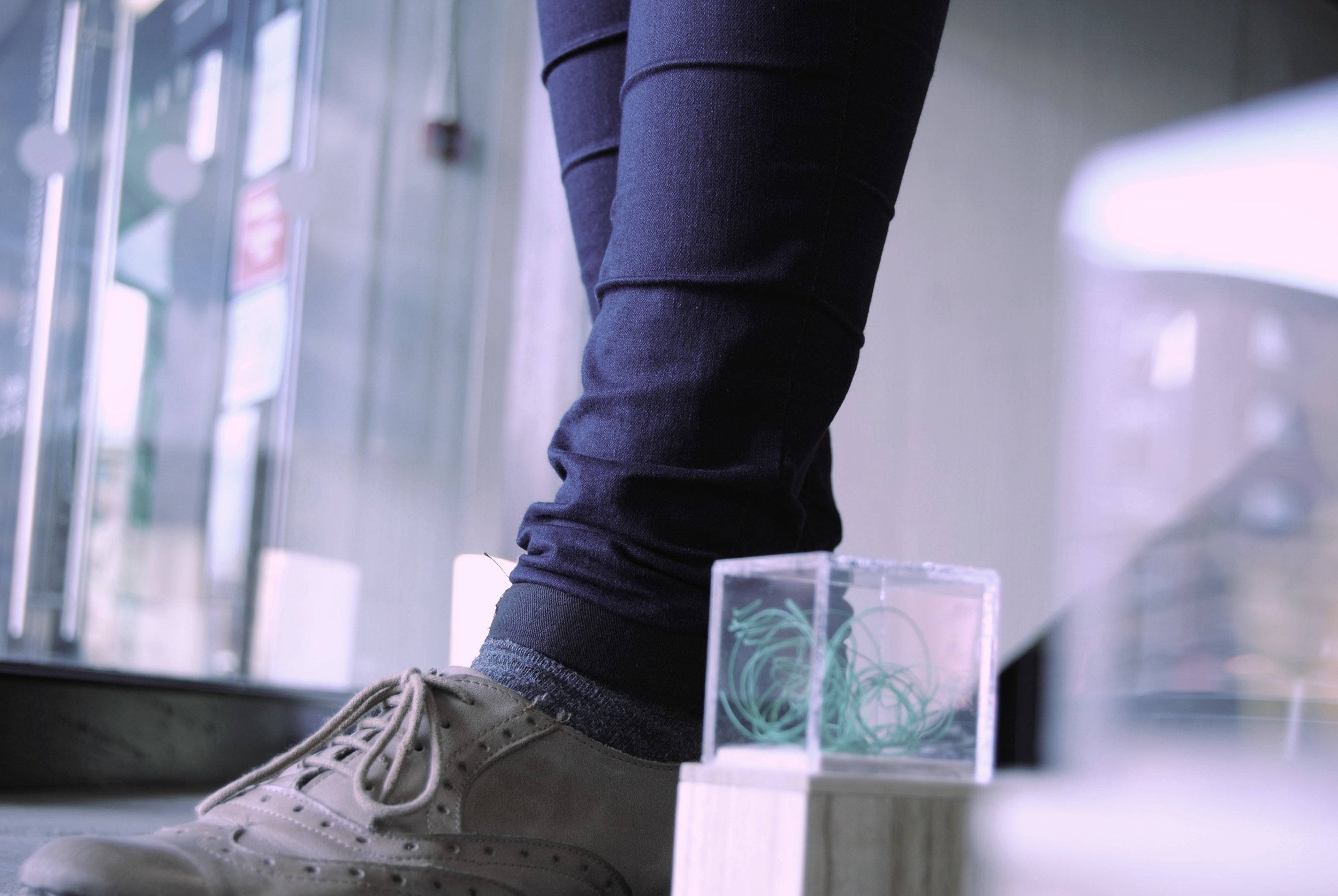
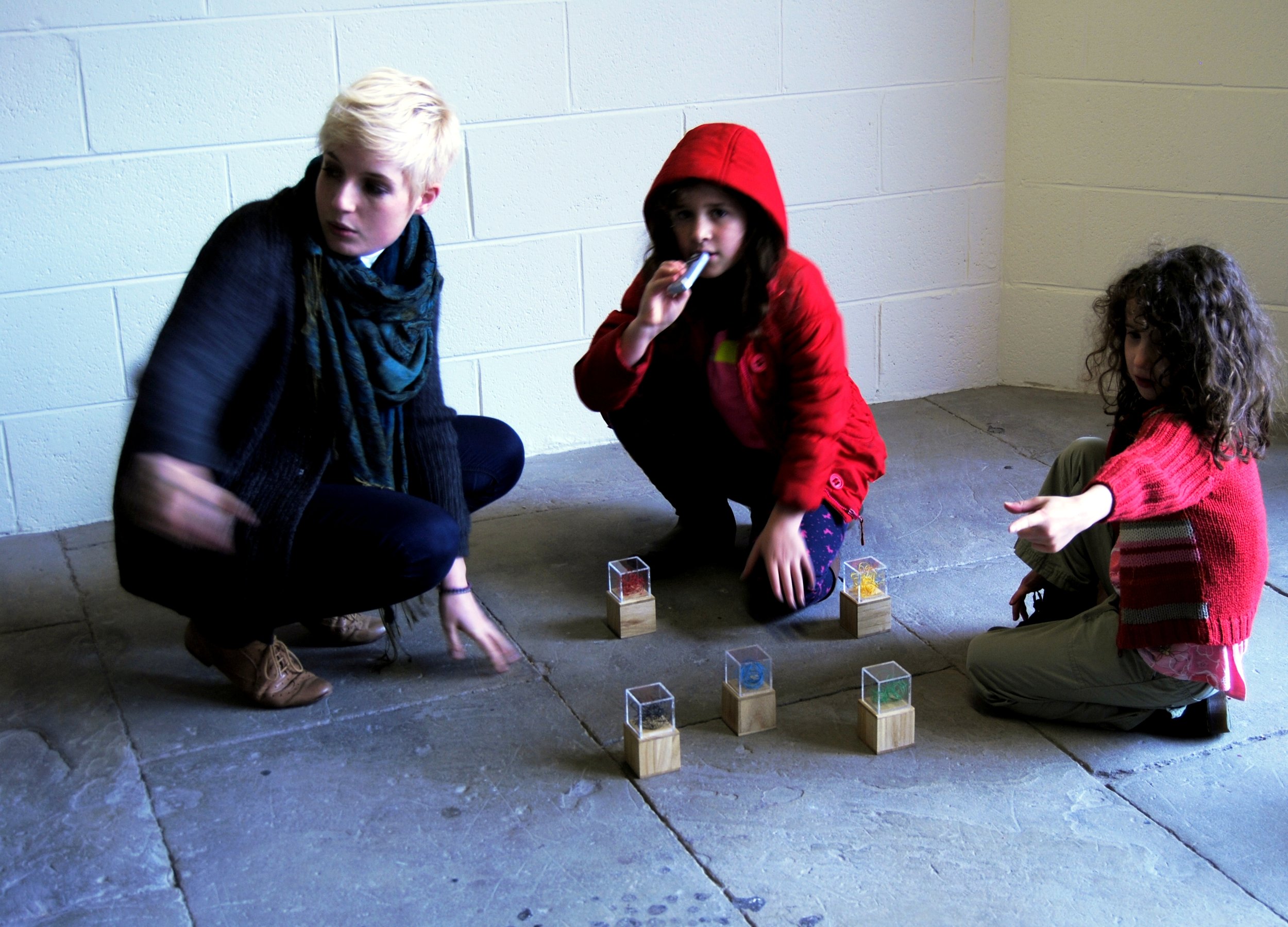
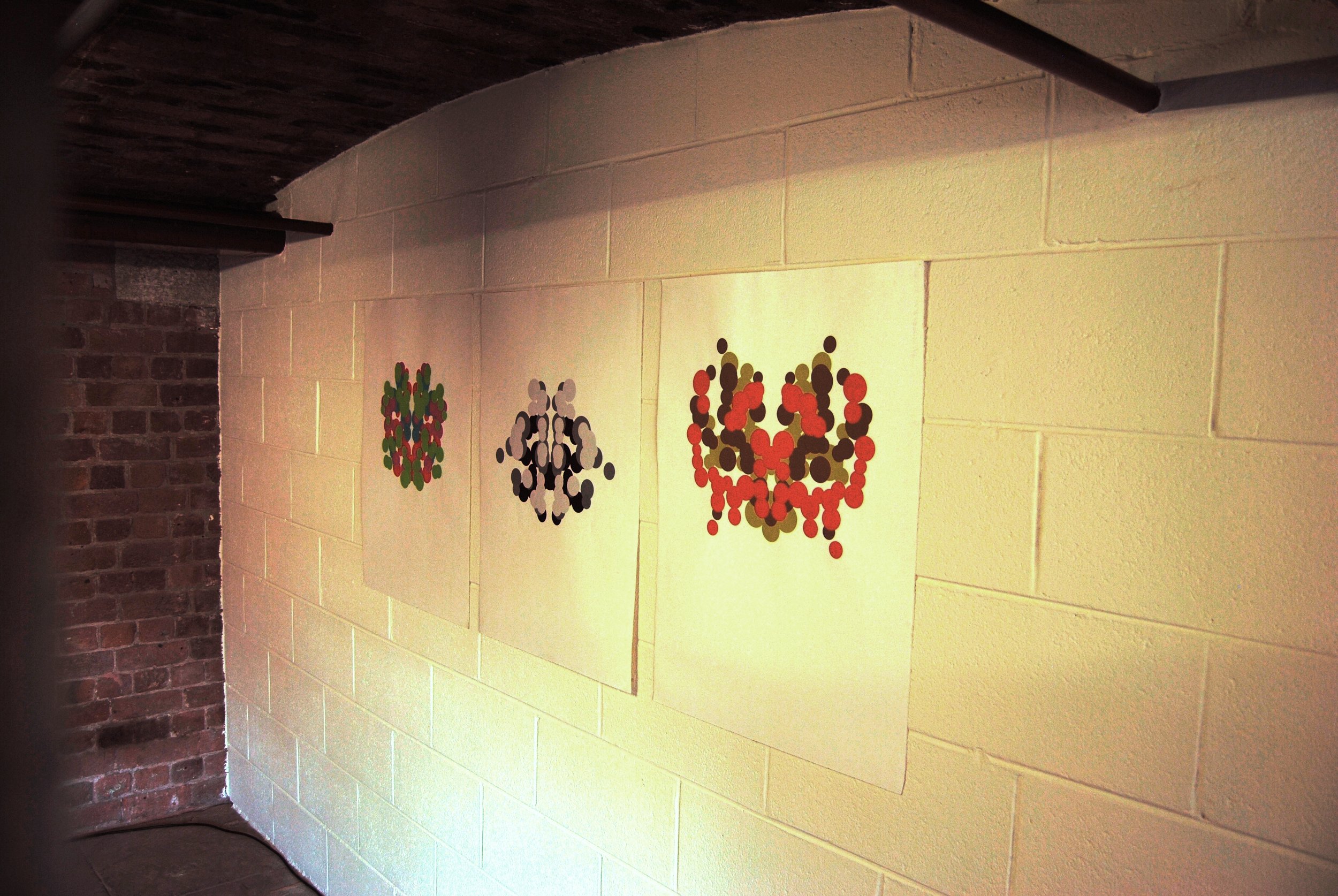
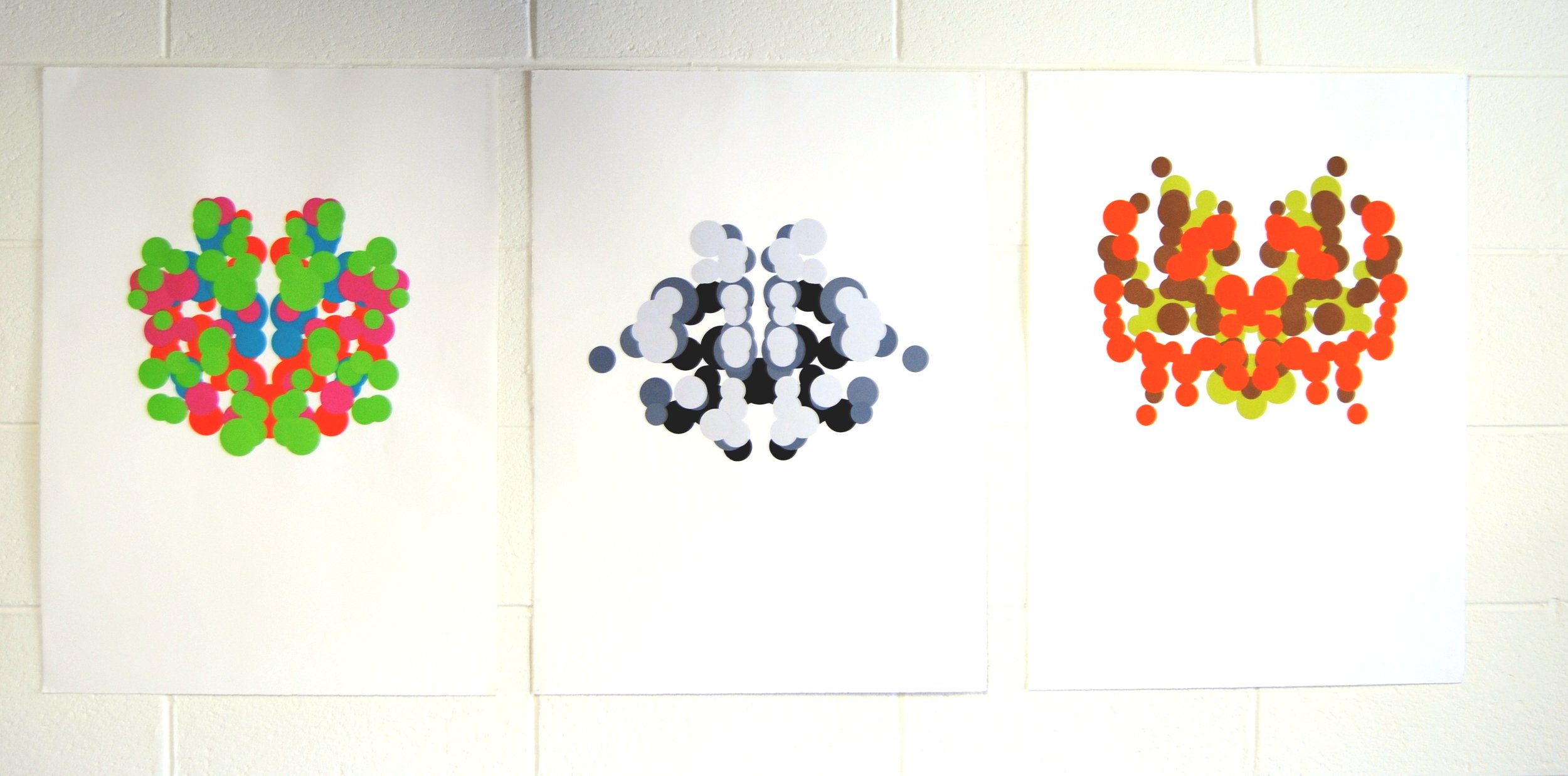
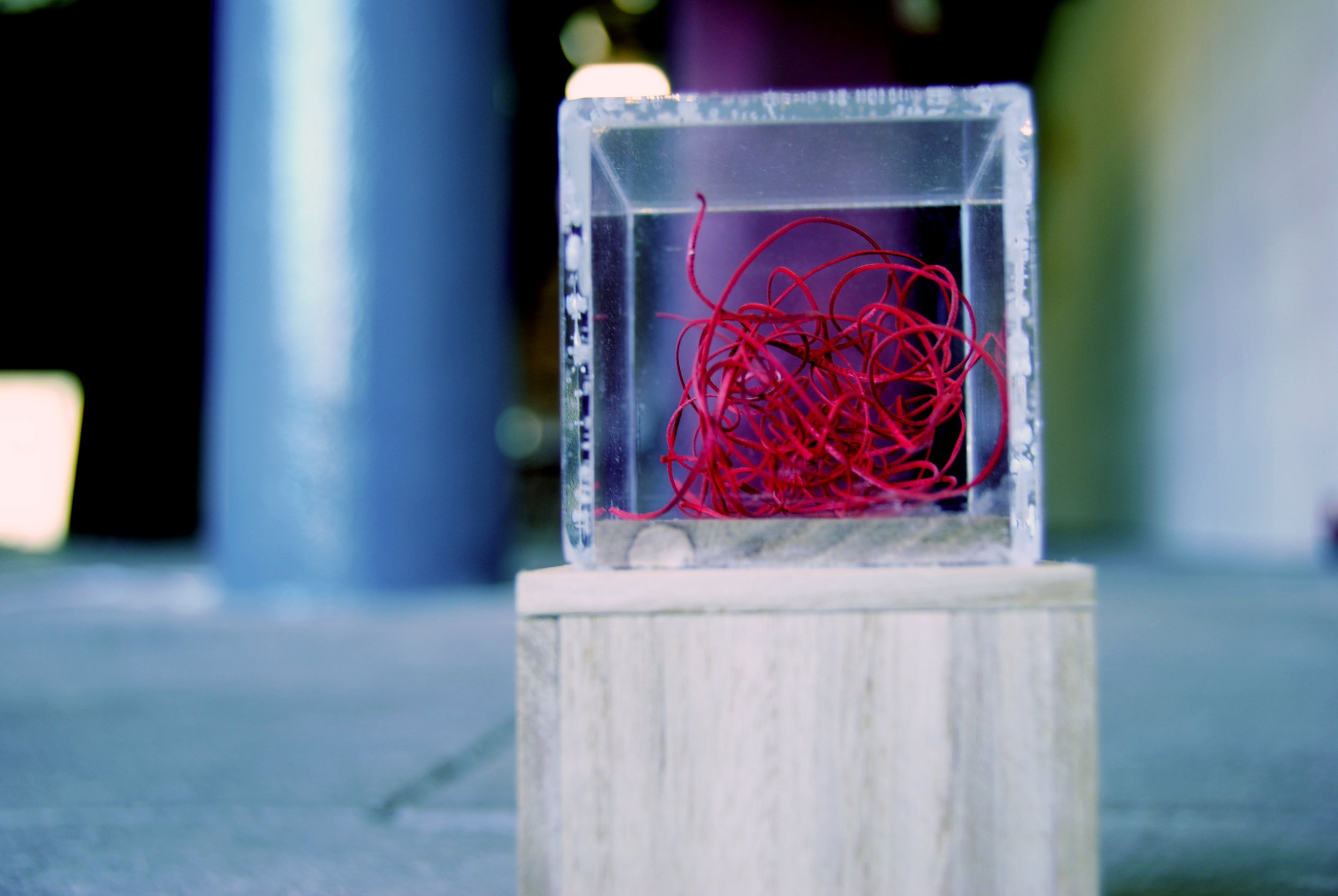
Since the beginning of 2012 SCIBase have, with the assistance of Arts Council England, East Street Arts and various other sponsors, exhibited at the Stockholm Independent Art Fair and the Liverpool independents Biennial before finally coming to rest here in Leeds supported by ESA and DWF. What began as an idea that incorporated artists based in Leeds and Liverpool has now expanded to include artists and collectives based in the USA, India and Sweden. Since August 2011 there has been, literally, hundreds of hours spent organising, meeting, negotiating work with artists, promoting, marketing – digitally and in print, travelling, installing, taking down, packing, photographing, documenting, writing and ultimately evaluating; not forgetting the tears and recriminations that accompany any success and satisfaction surrounding the accomplishment of a project. Was it all worth it? To answer my own question in brief here, it is a resounding yes. Borders and boundaries have been expanded, connections have been made, broken and re-made and the remit that we have set, not just for ourselves but for everyone involved, has increased exponentially. And how does this sit within the world of the international art fair, the biennial, the triennial, the expo etcetera? The answer is uneasily. Whilst theoretically the input of local, independent and regional art scenes is welcome, the reality is somewhat different.
Taking the case of the Liverpool Biennial and the Independents Biennial as a starting point it would appear that the only connection is the word biennial, with all advertising and venues being kept very distinctly apart. Whilst visiting the Non Lieu art space in Roubaix during the Lille Expo, there was a feeling that while the expo brought tourism to the city for its major art exhibition it had no effect on the indigenous art scene. Coming back to a permanent, independent art space in the centre of Lille the story is very similar. An organisation that had once staged events as part of the expo had found that there seemed to be no increased interest, even during expo time, in what that gallery was doing. Now the expo comes and goes and this particular organisation continues its own independent program as normal. In instances such as this the reality of art becomes hijacked by the spectacle, the grand statement, and is then fed back to society as reality itself.
It has been the best part of thirteen years since I last walked around Liverpool City Centre, so my recent excursion to the city as an exhibitor in the ‘Independents Biennial 2012’ was full of surprises. Since the creation of Liverpool 1, a vast canyon of a shopping plaza, the city has become a very small place, or to be more precise, it always was a small place but now it feels it too. The down at heel back street areas that a decade ago you would have skirted around have been opened up, widened, properly lit and are now full of cafés and trendy shops. The areas with a somewhat seedy feel are still there but have now been pushed to an edge further out, out of sight, out of mind. There is no doubt that this regeneration has come from Liverpool’s time as Capital of Culture in 2008 but where has this led the cultural life of the city? Whilst some organisations have gone from strength to strength, for example Tate, Open Eye Gallery, Bluecoat and FACT, others such as Novas and A Foundation have suffered the ultimate indignity of closure. These particular organisations were, sadly, more representative of the more intangible and ephemeral side of art, a side of art that if it did not exist within society then the established and the commercial would not either. Here we are faced with the grim supposition that the parent or host may also be the predator of its young.
Walking around this final iteration of a year’s worth of work that combines elements of four separate and distinct exhibitions, spread across three different cities and two different countries, a truly coherent narrative starts to emerge. It is one of complicity, co-operation and collaboration. It is a sequence of events that has led to the formation of networks of information and links between artists that, before the first of these ventures, did not exist. Over the course of the last twelve months SCIBase have created a project that has allowed artists the option to develop new ideas, and create new work based on new found friendships, uneasy alliances and the general push and pull of artistic integrity. What this has engendered is a spirit of rationalism and an empowerment when considering what is possible in artistic terms if you have the backing of those around you. As is the nature of our society things come and things go but only that which has a solid foundation will truly survive the test of time. Whilst individuality is important in any creative practice we must also find strength in one another, and that is where I hope that ideas such as SCIBase and DWF can assist the continual struggle for survival against the prevailing winds of economic uncertainty and cultural impoverishment. SCIBase, BasementArtsProject & DWF would like to extend their gratitude to all of those people involved in the various organisations established to support the independent sector such as the board of the Independents Biennial, Wendy Williams of SCIBase who sat on said committee, the tireless staff at East Street Arts and all of those whom we met in Lille. Whilst the establishment, not just in art but across the board, pulls up the drawbridge to protect its financial situation the independent sector must find ever more creative ways to weather the storm. This, of course, is only the beginning, there is a steep hill ahead but now is not the time to race; it is time to get out the crampons and the lifeline and prepare for a long but rewarding slog. I shall let the last words go to Hunter S Thomson and The Bible
“So we shall let the reader answer this question for himself: who is the happier man, he who has braved the storm of life and lived or he who has stayed securely on shore and merely existed?” The Proud Highway Hunter S Thompson
‘A house divided against its self cannot stand’ Mark Ch3 vs25 New Testament, Holy Bible
United we stand
DIVIDED WE FALL
Bruce Davies | November 2012










